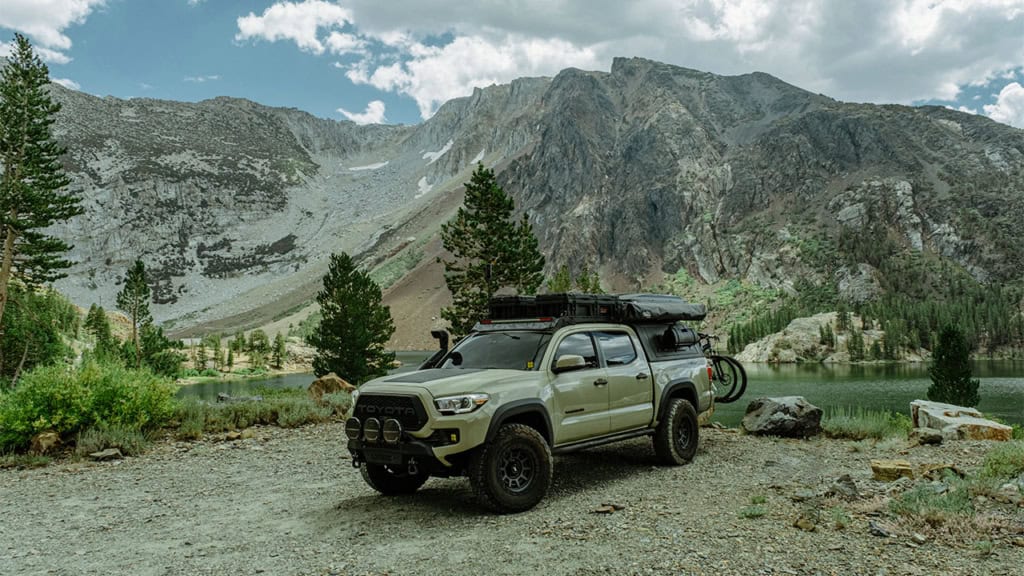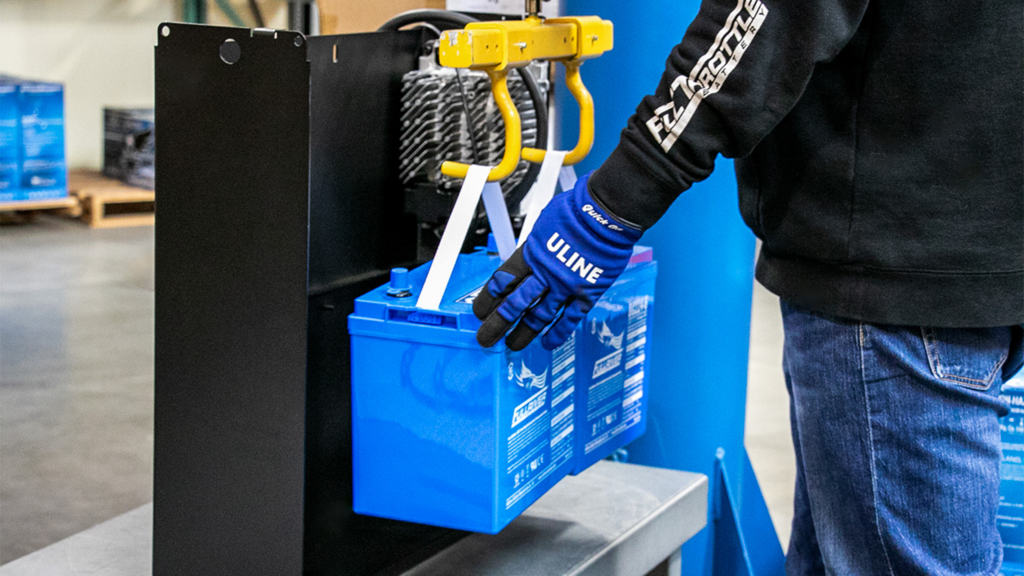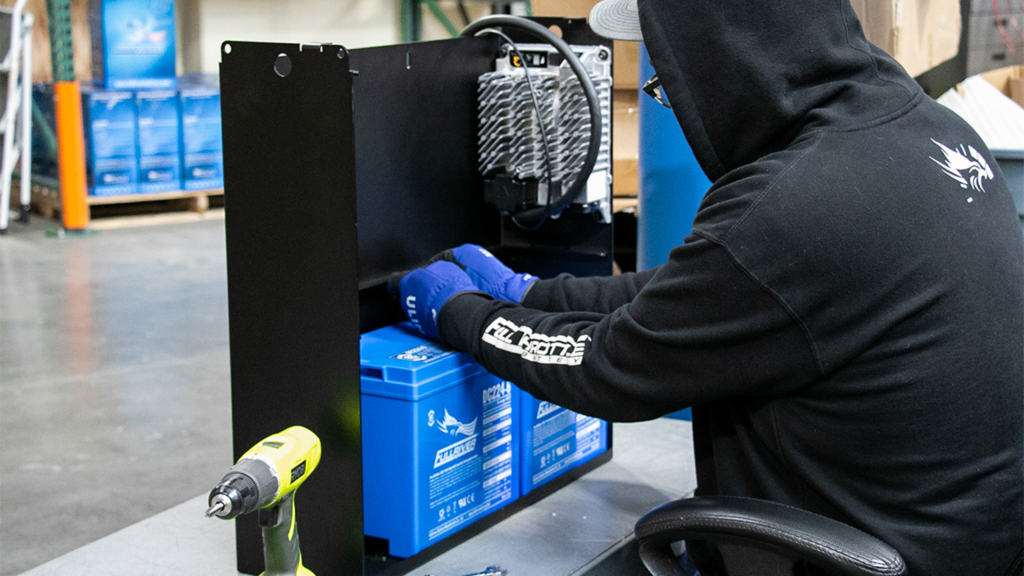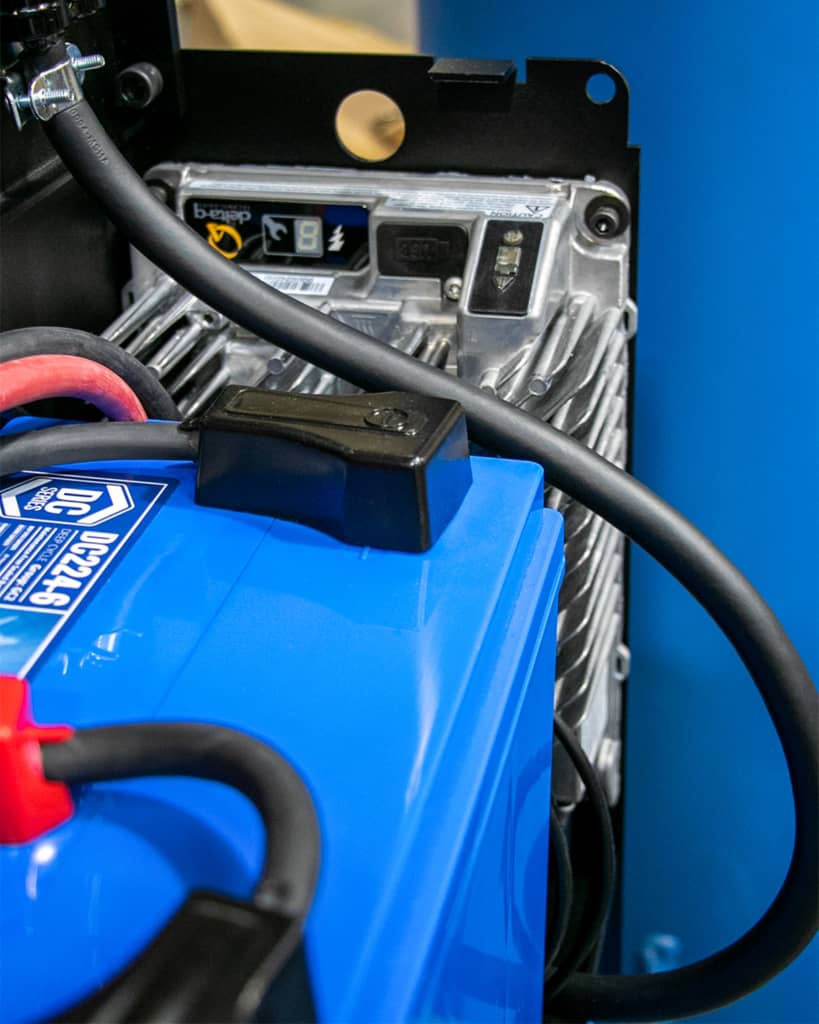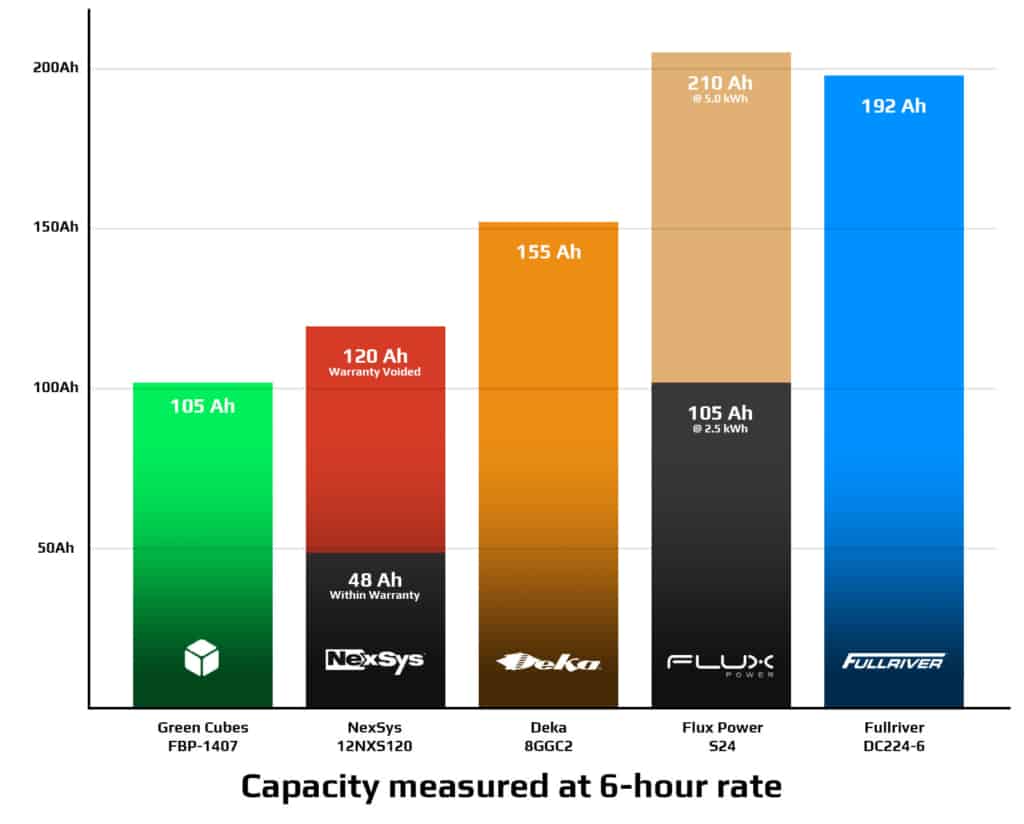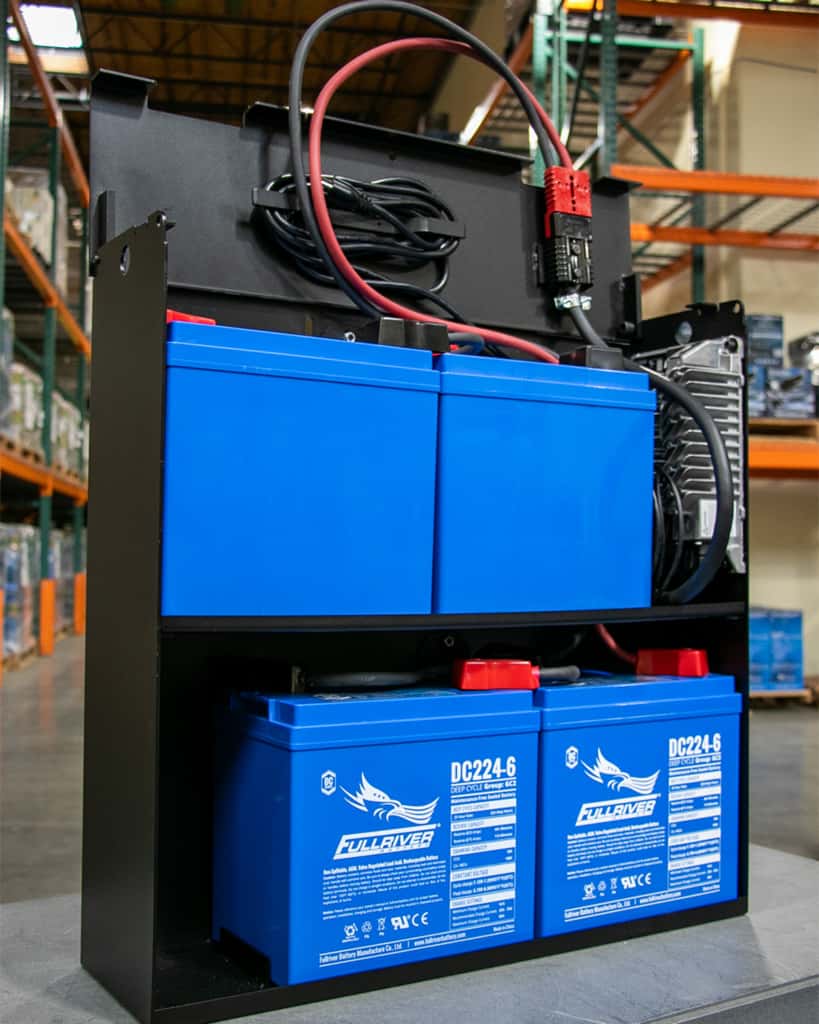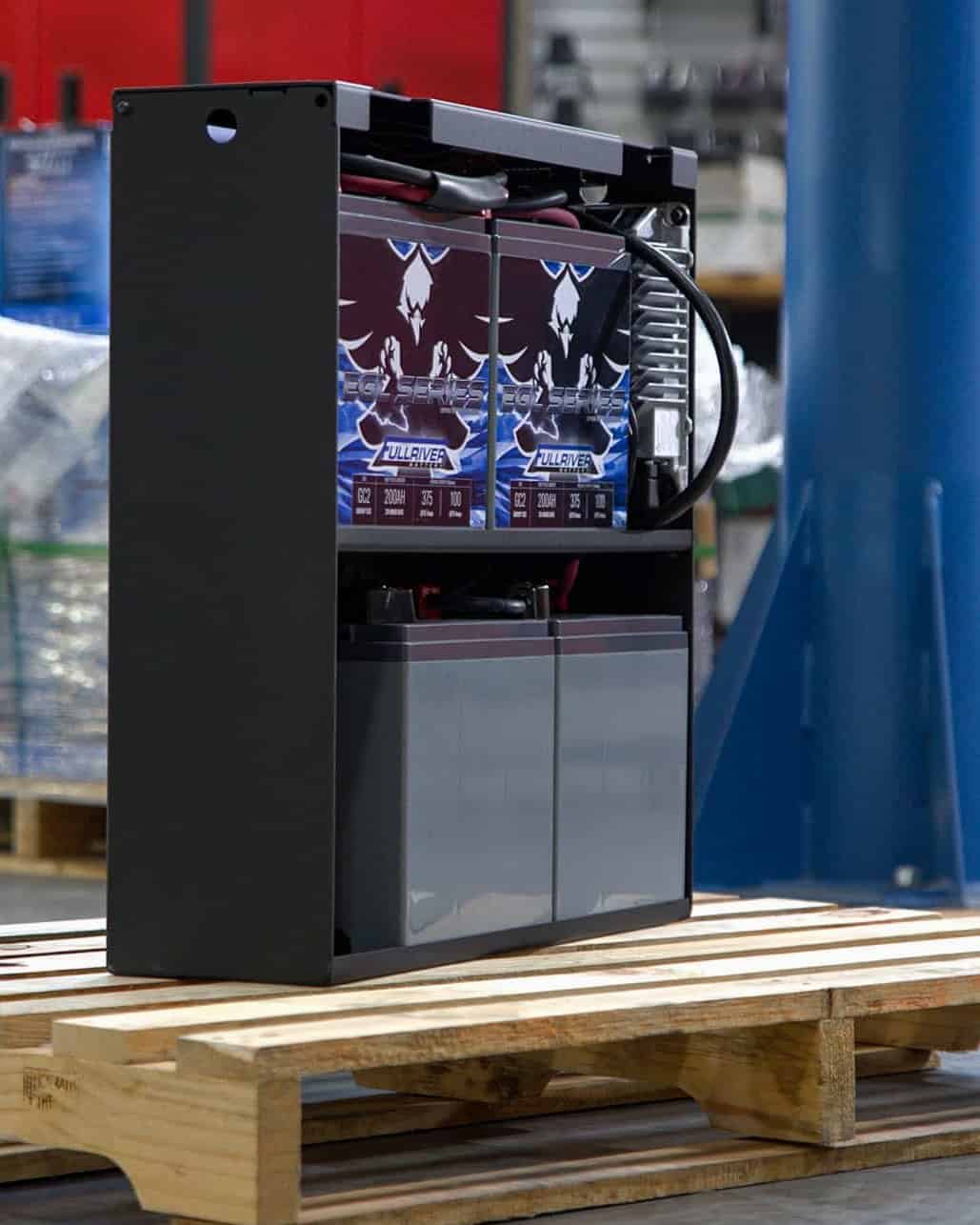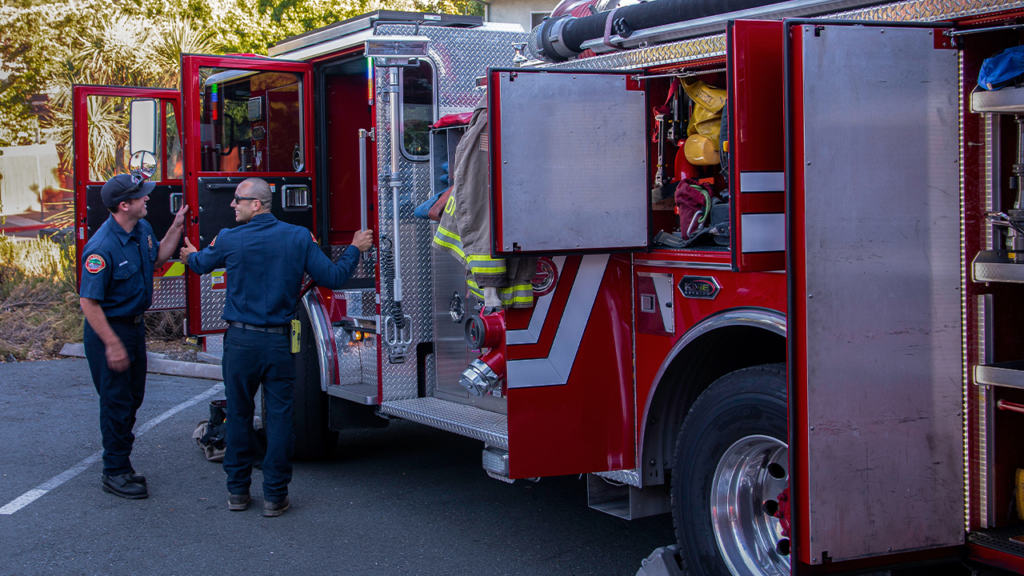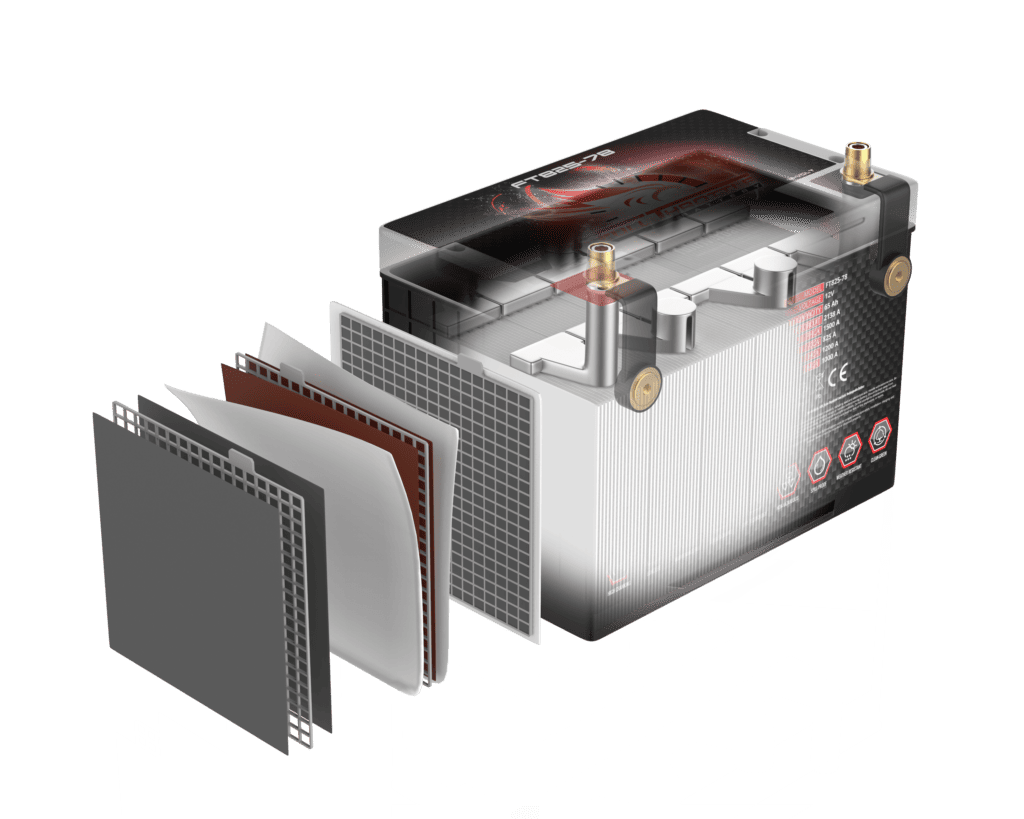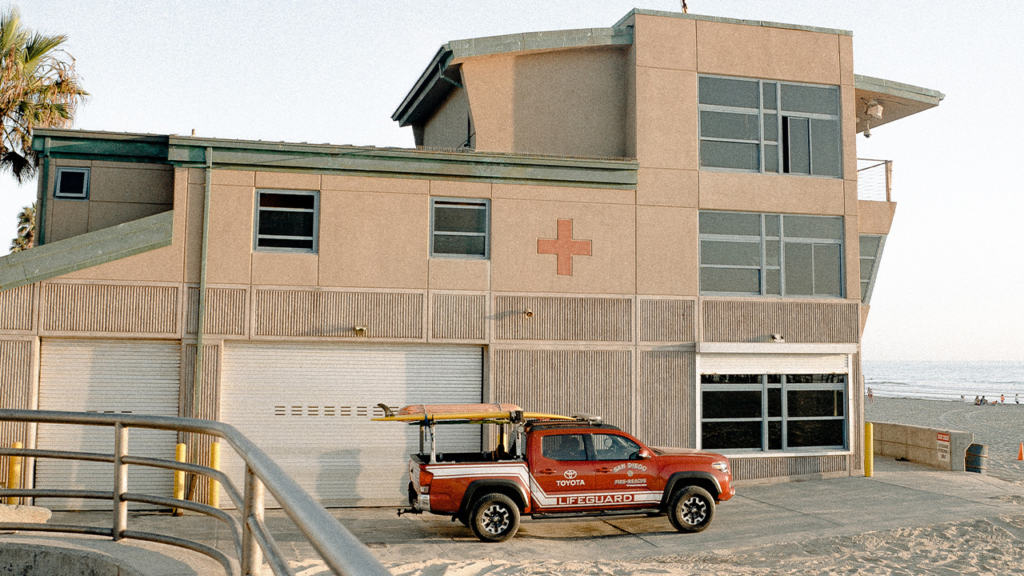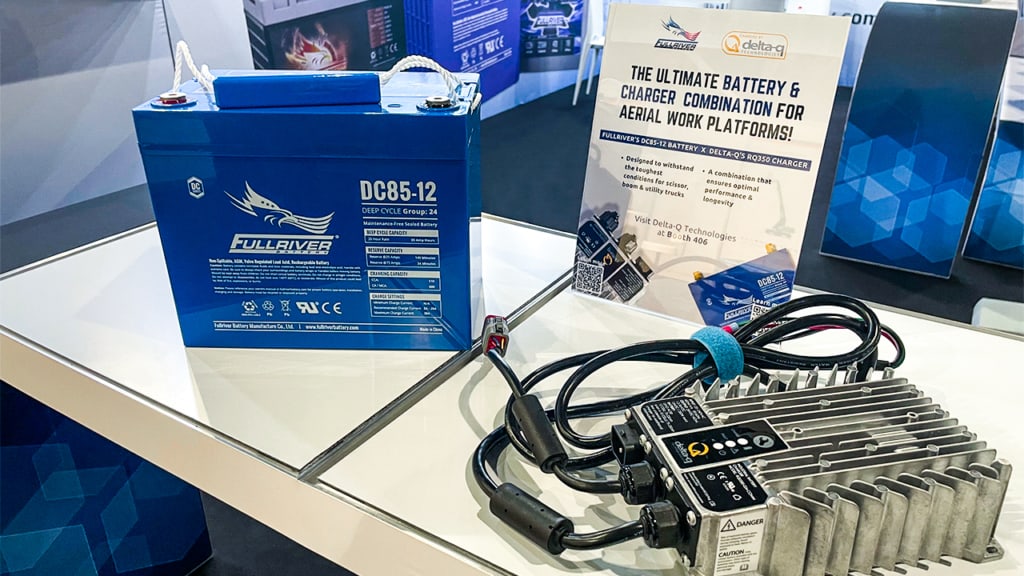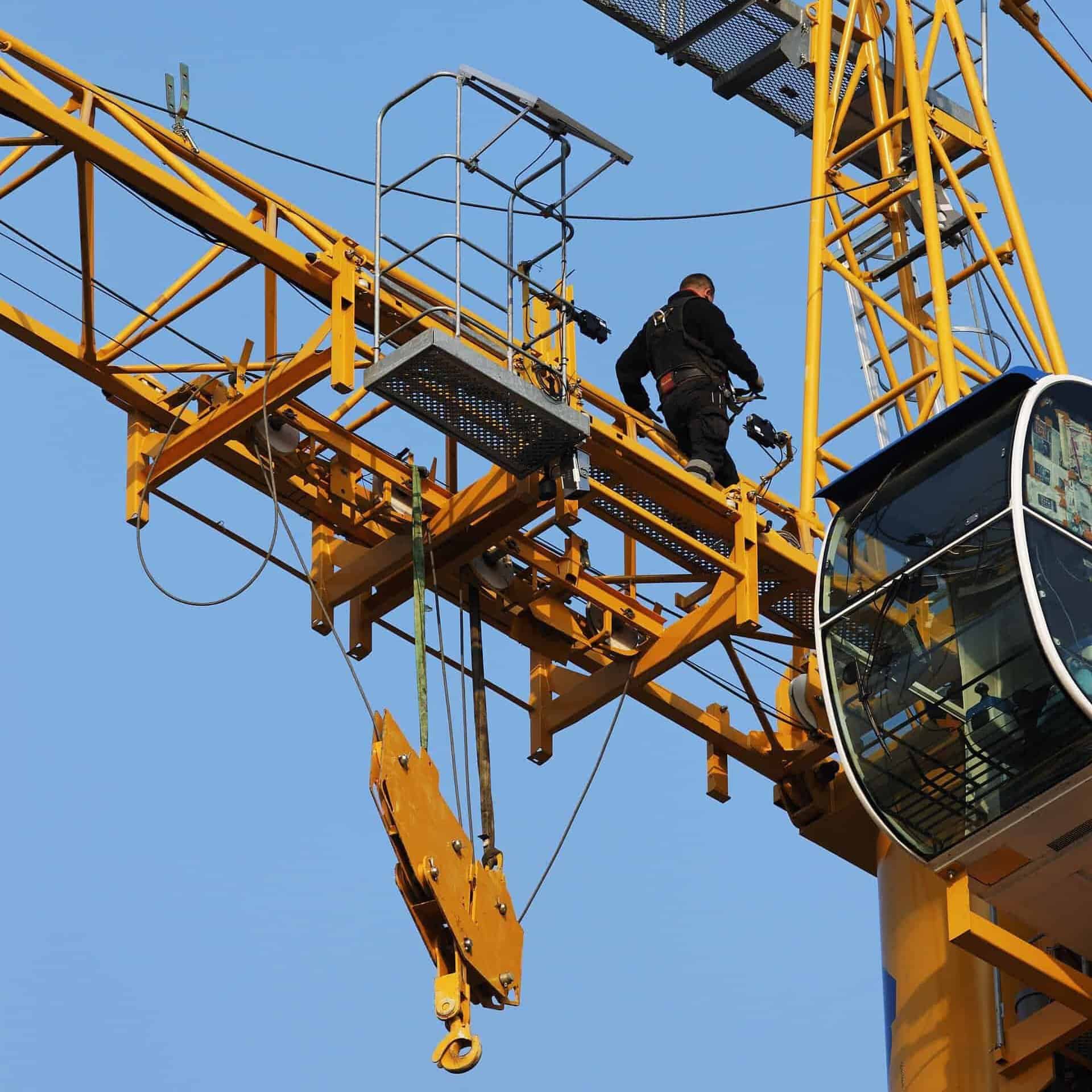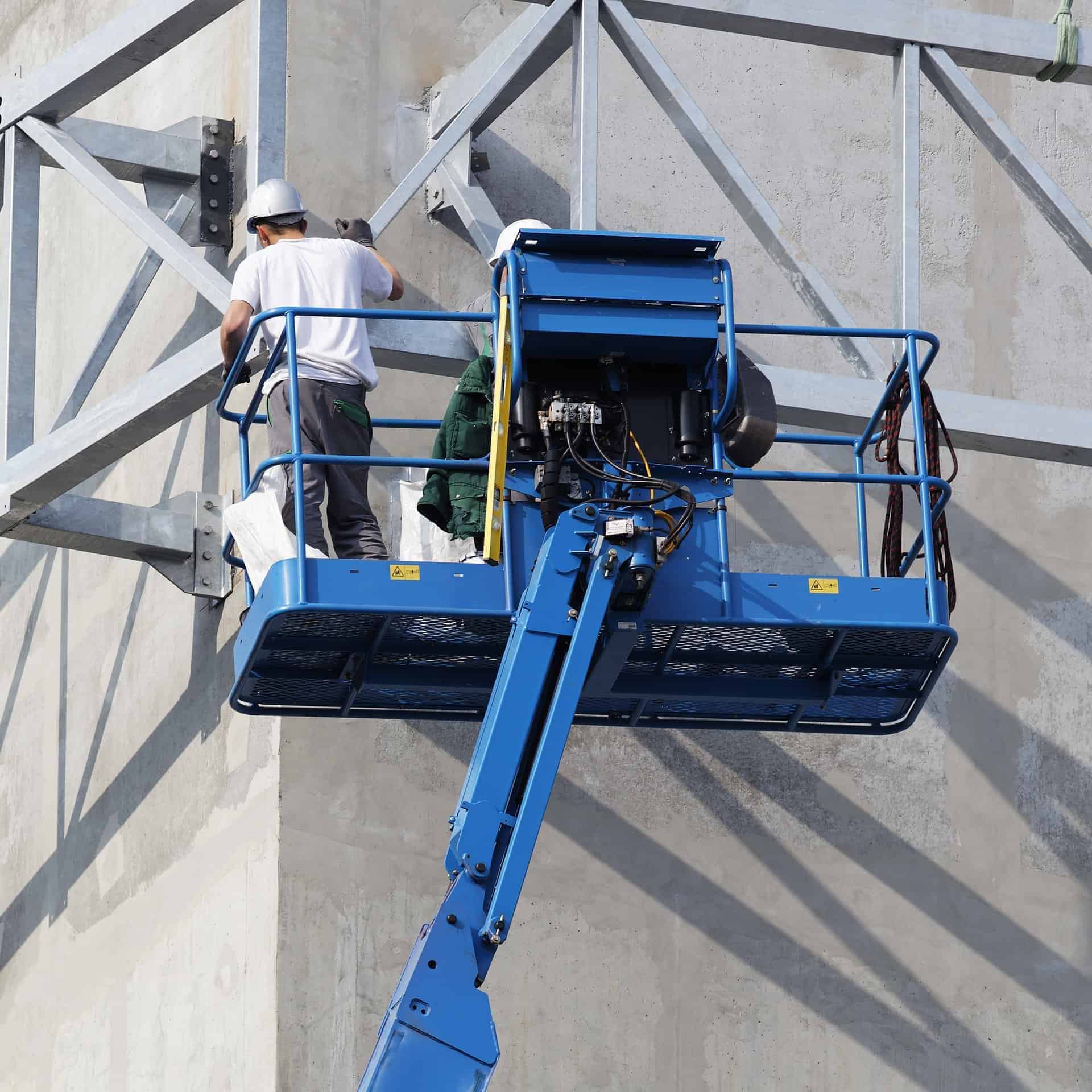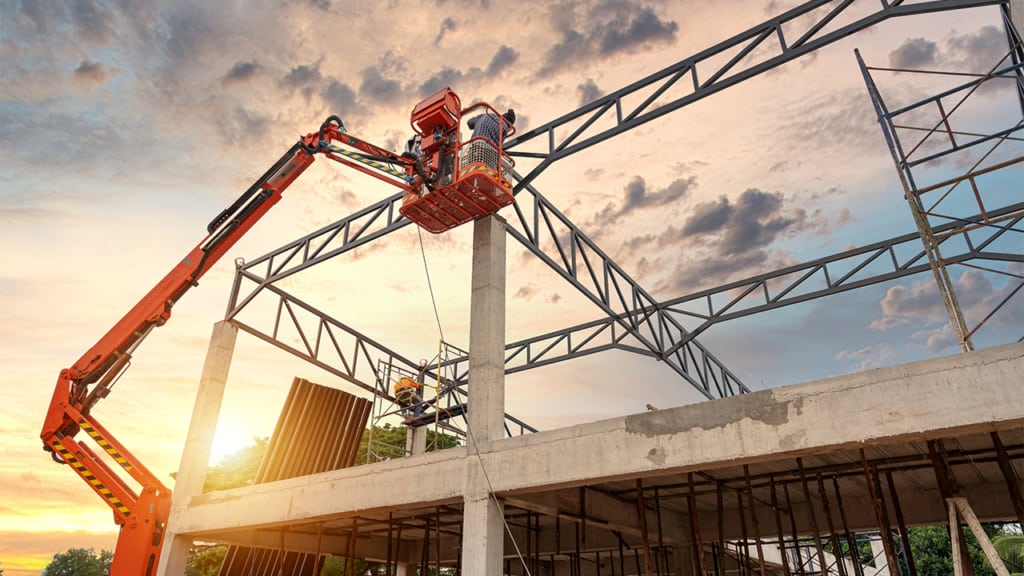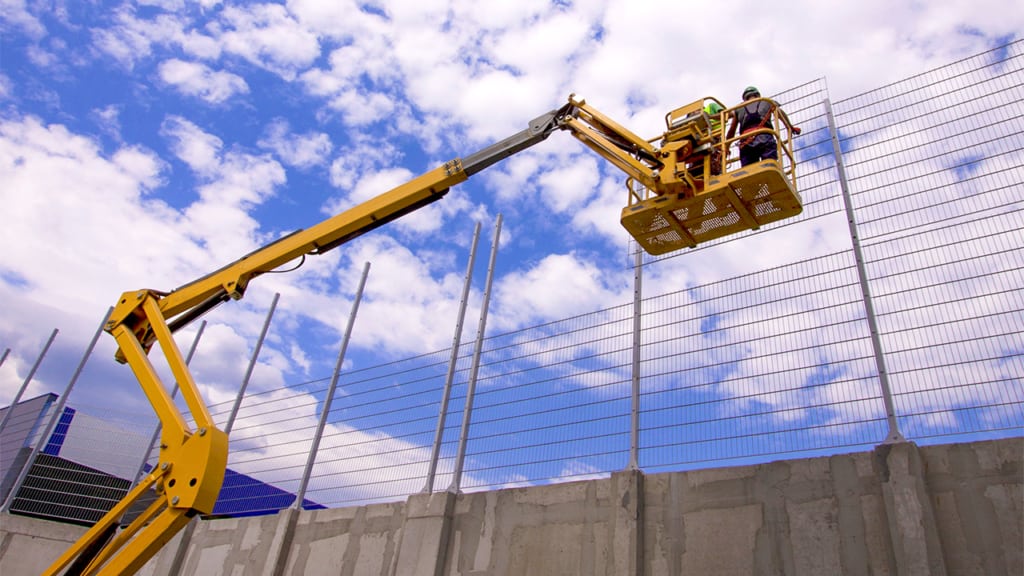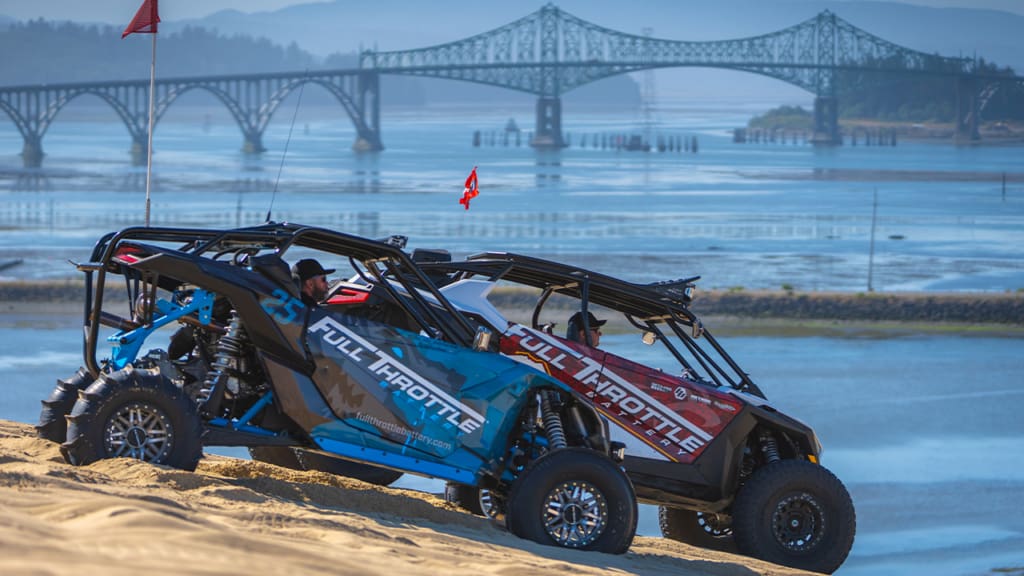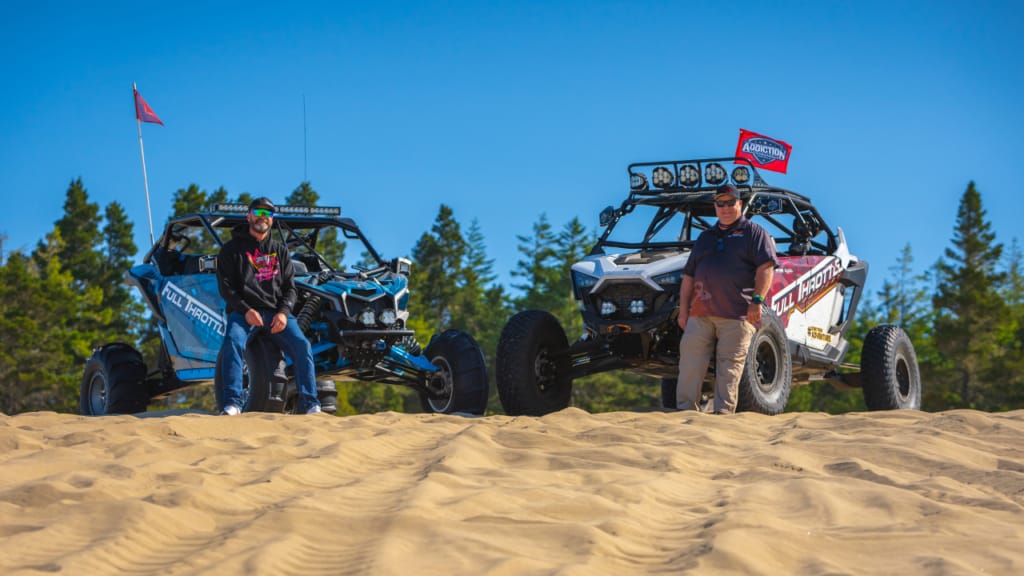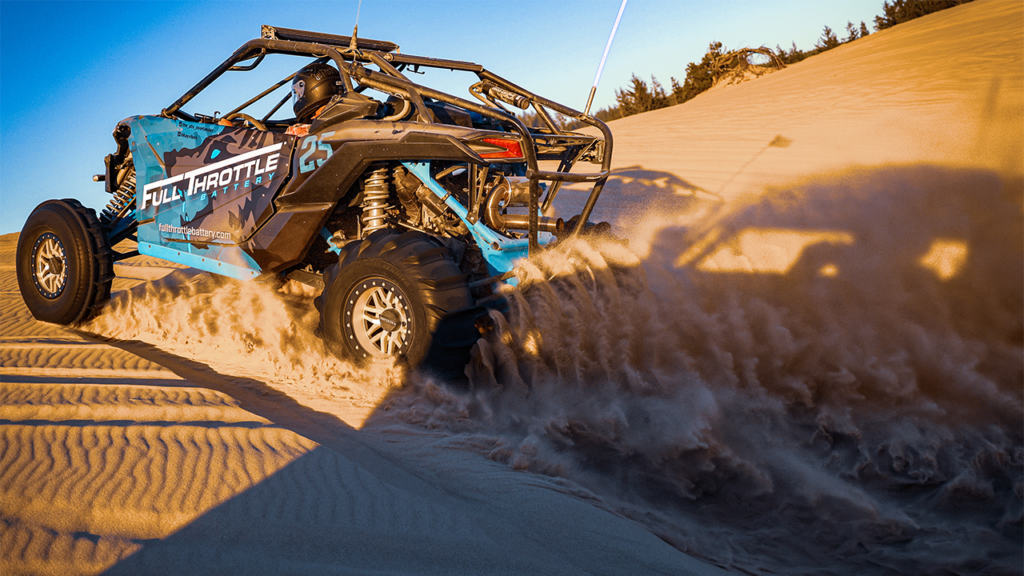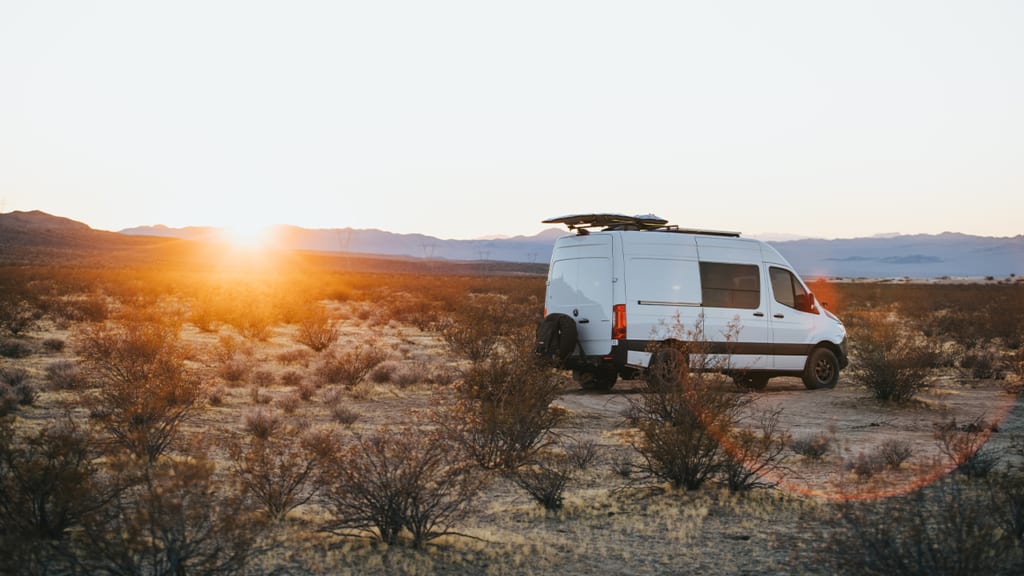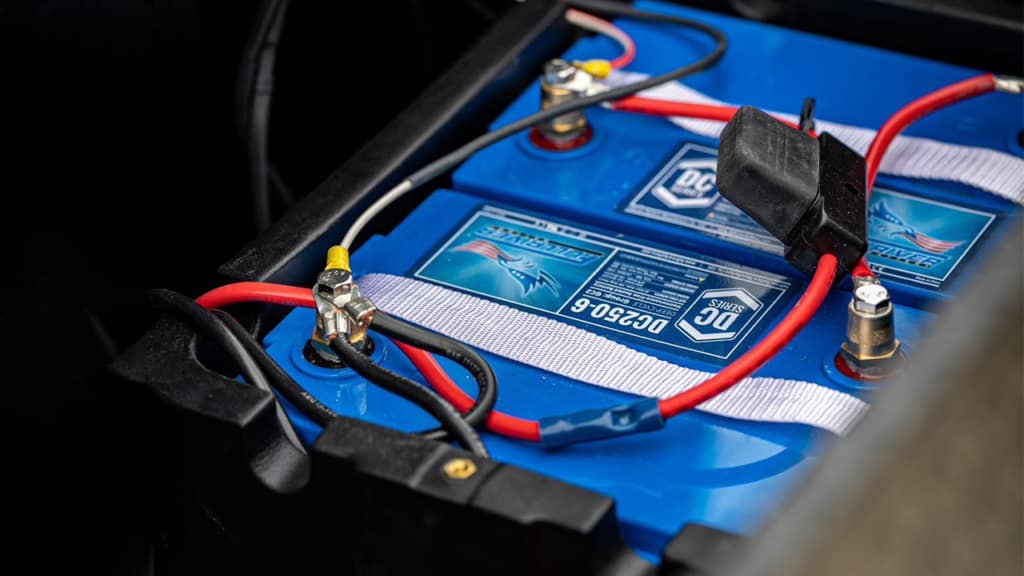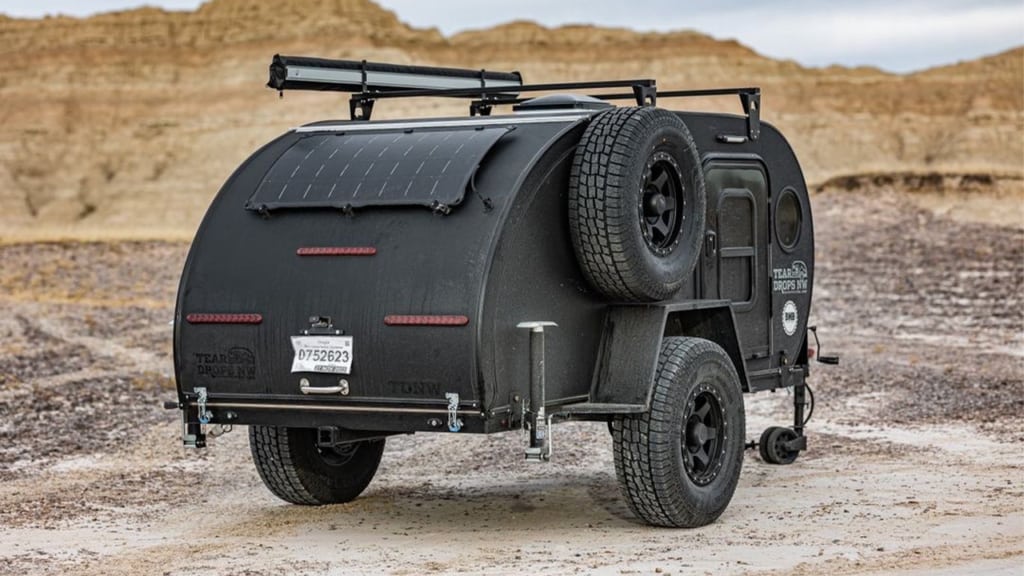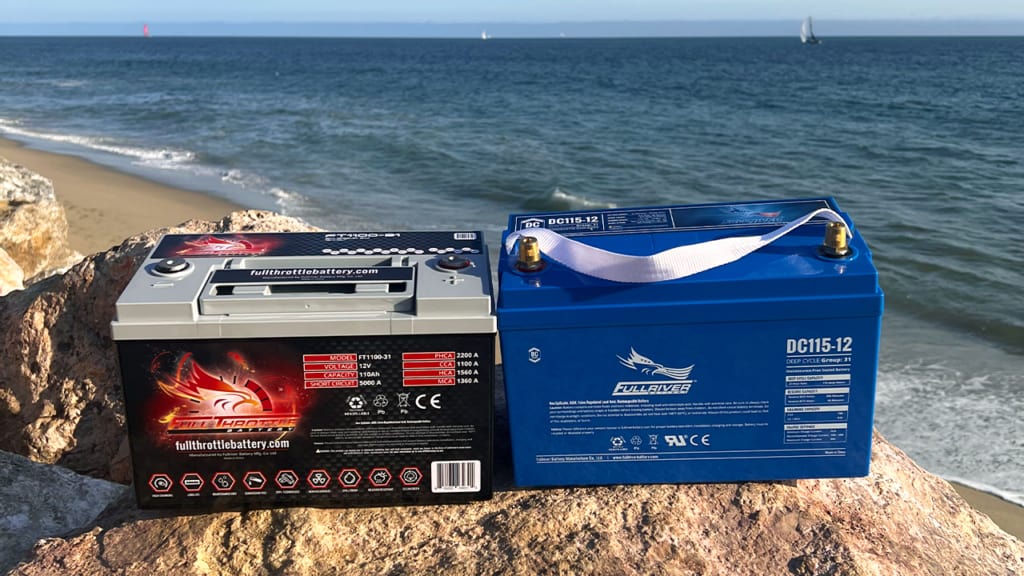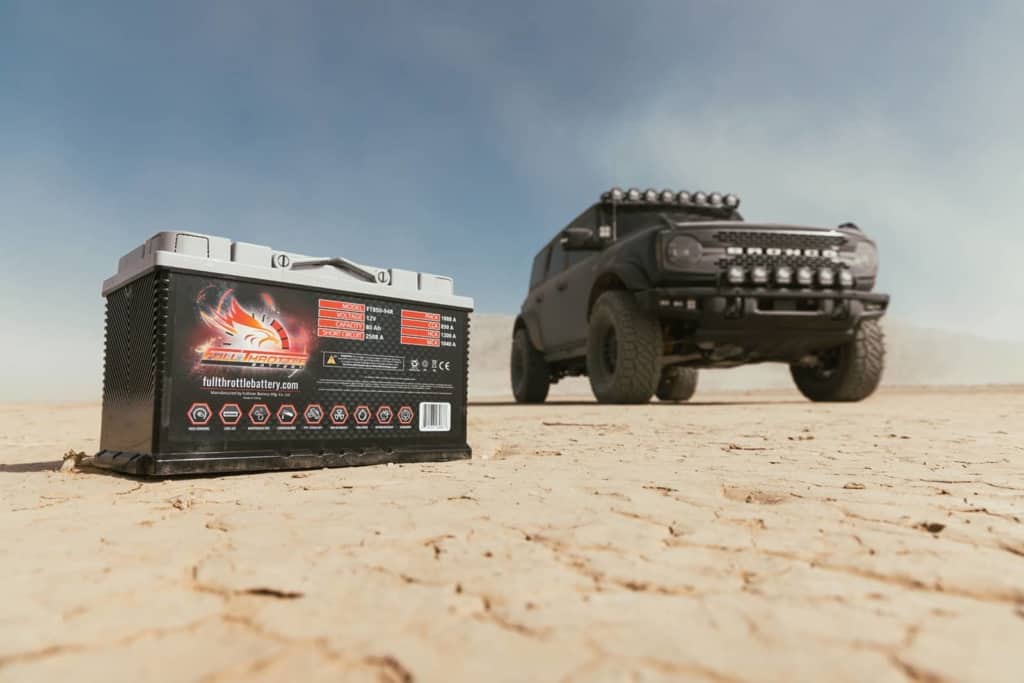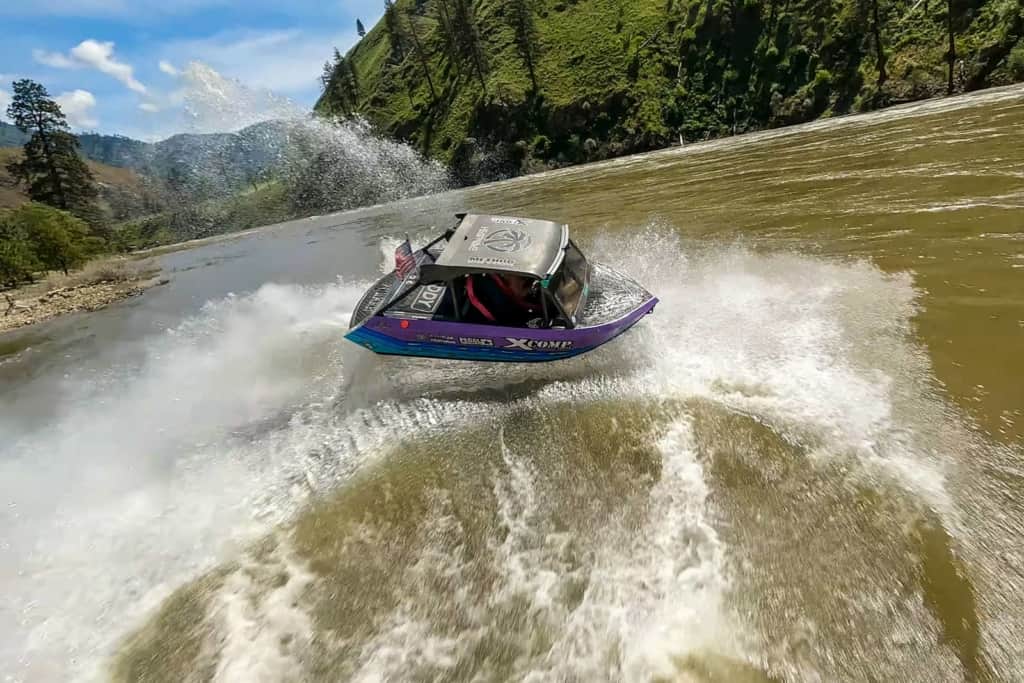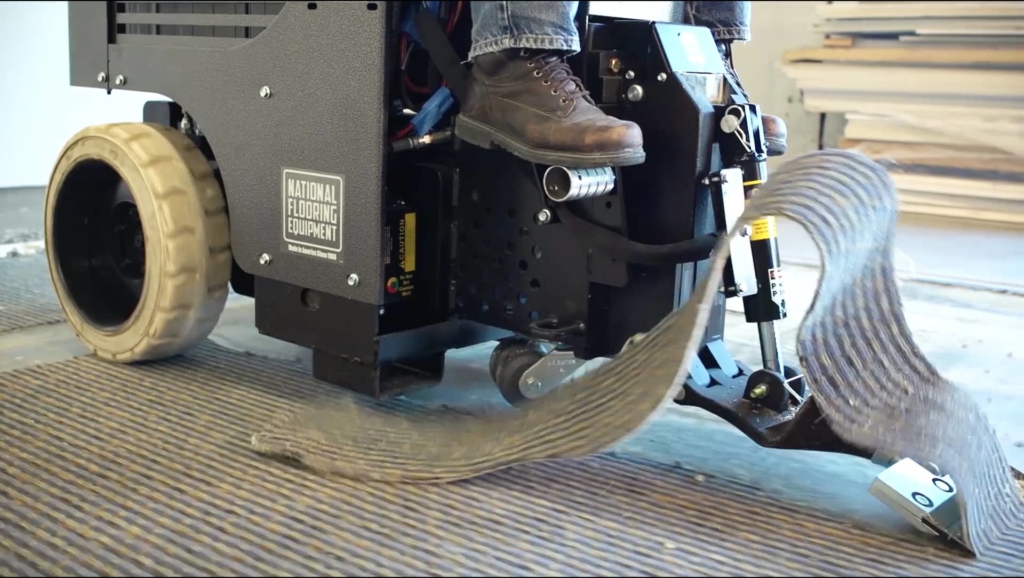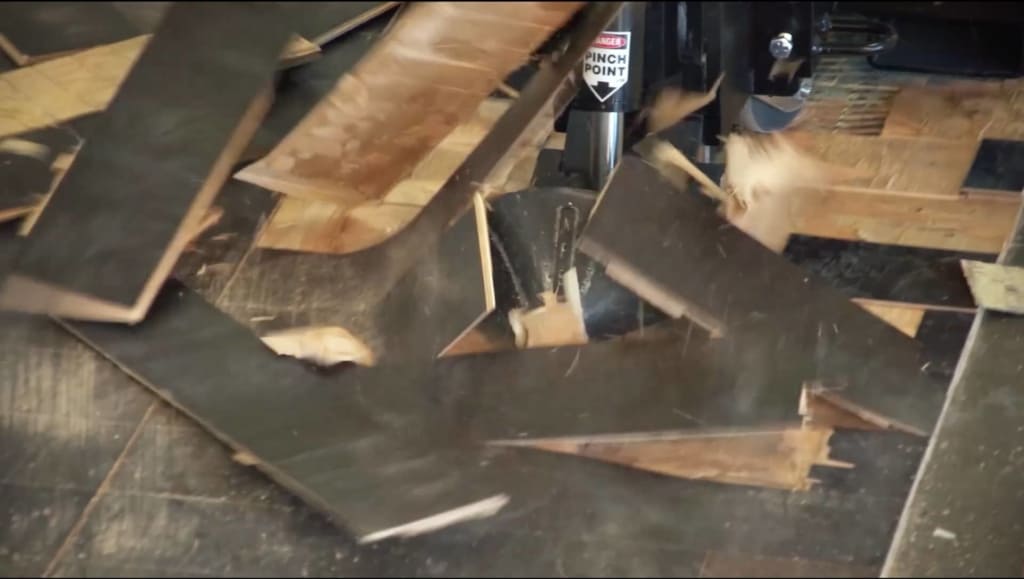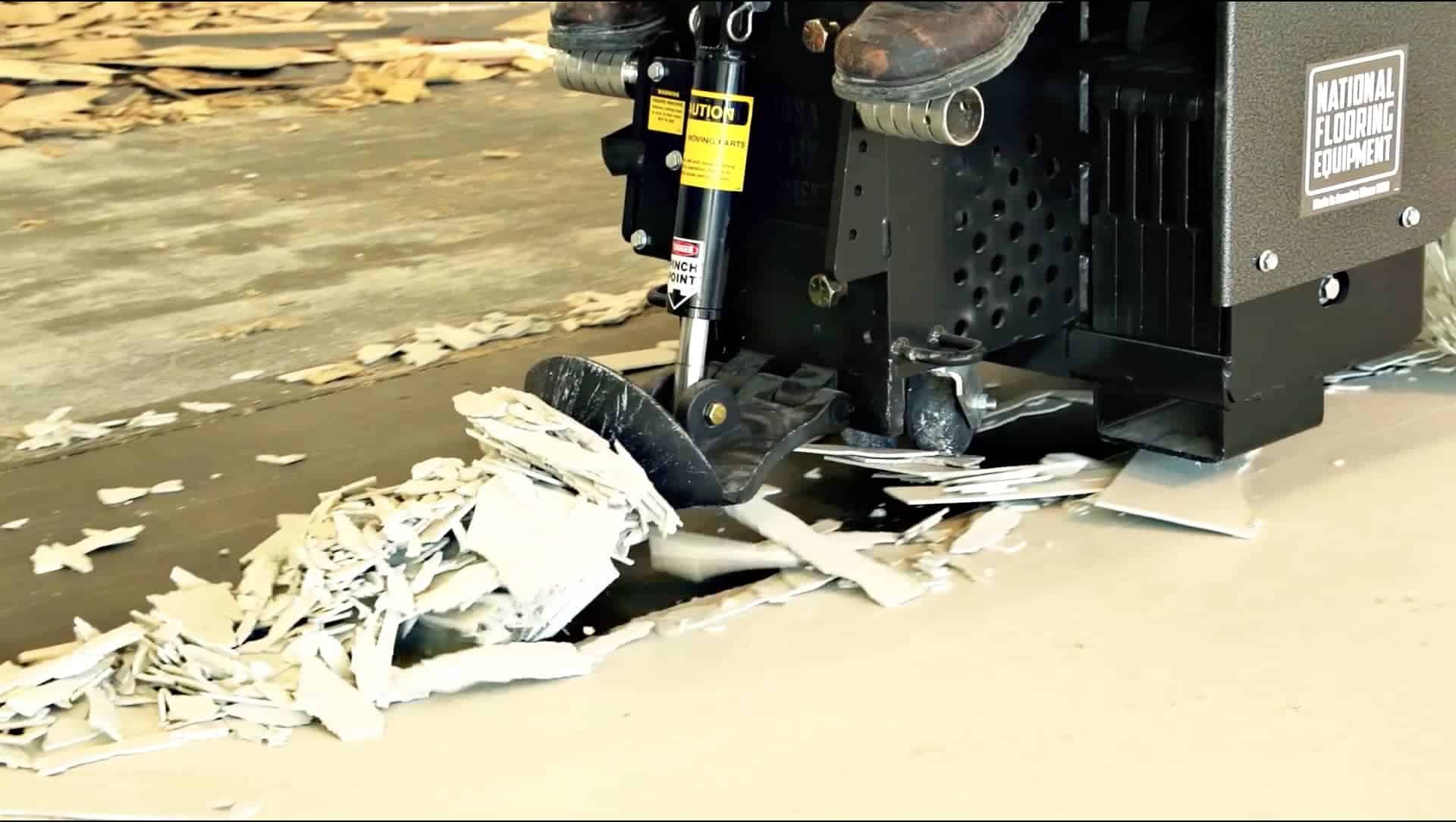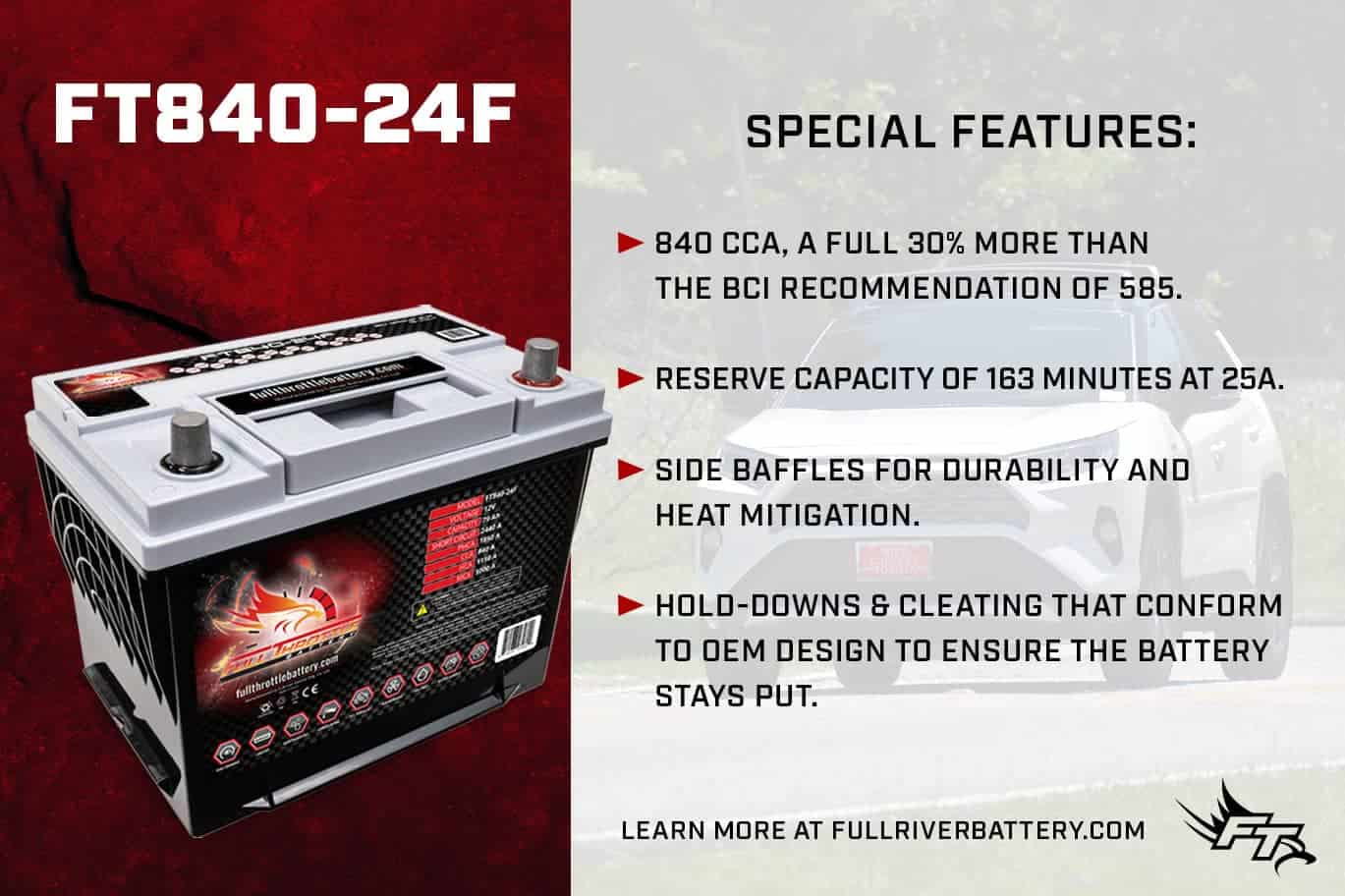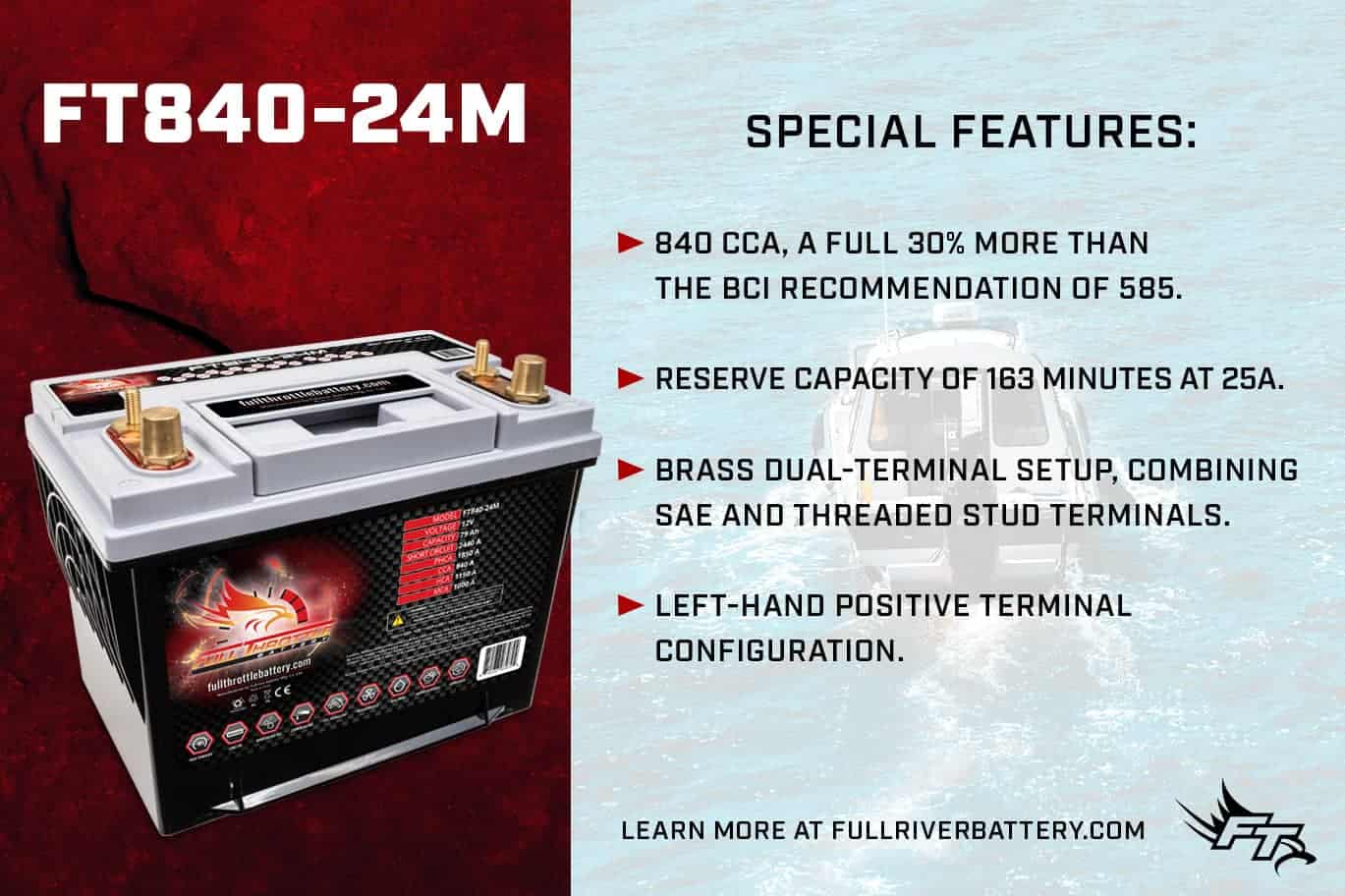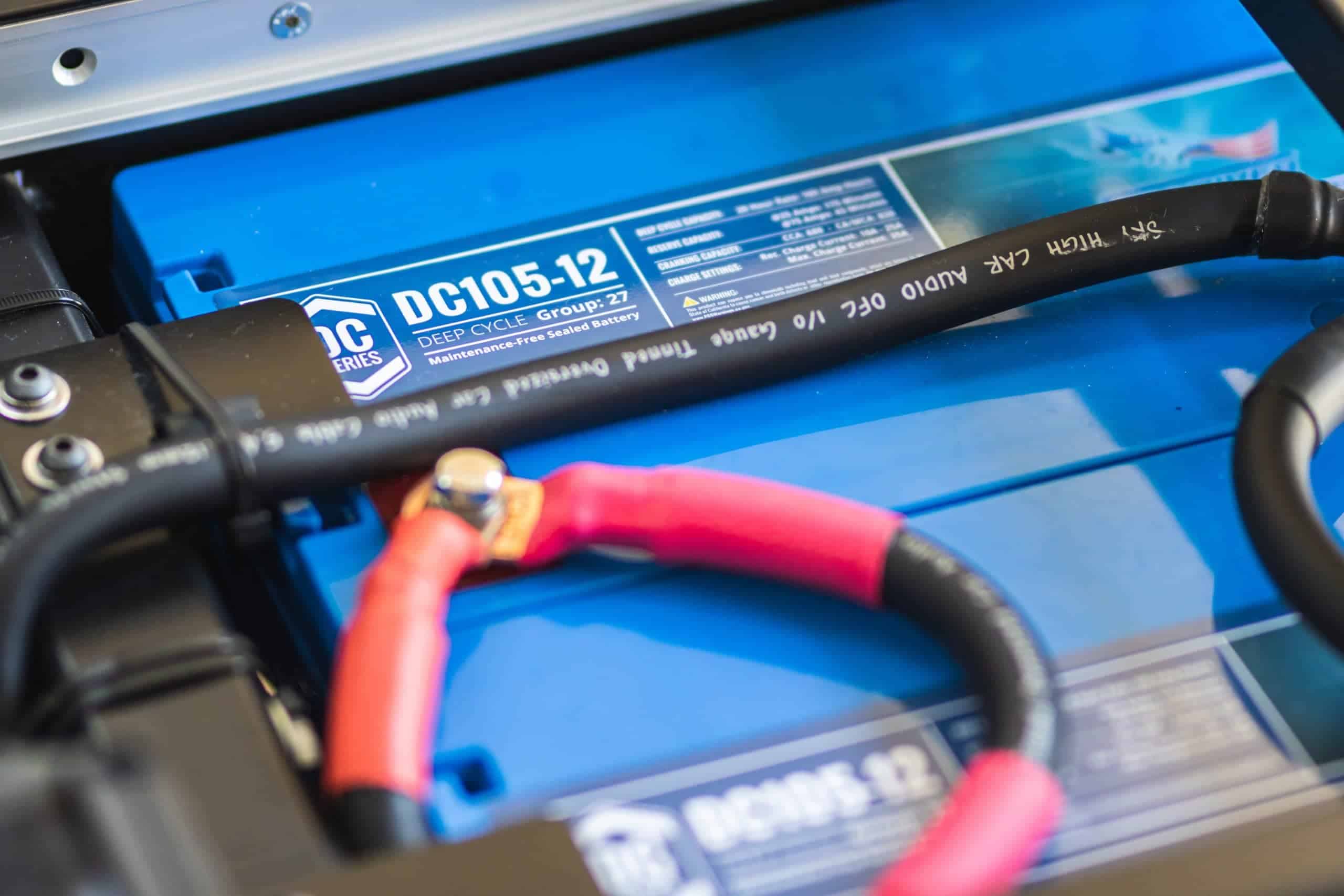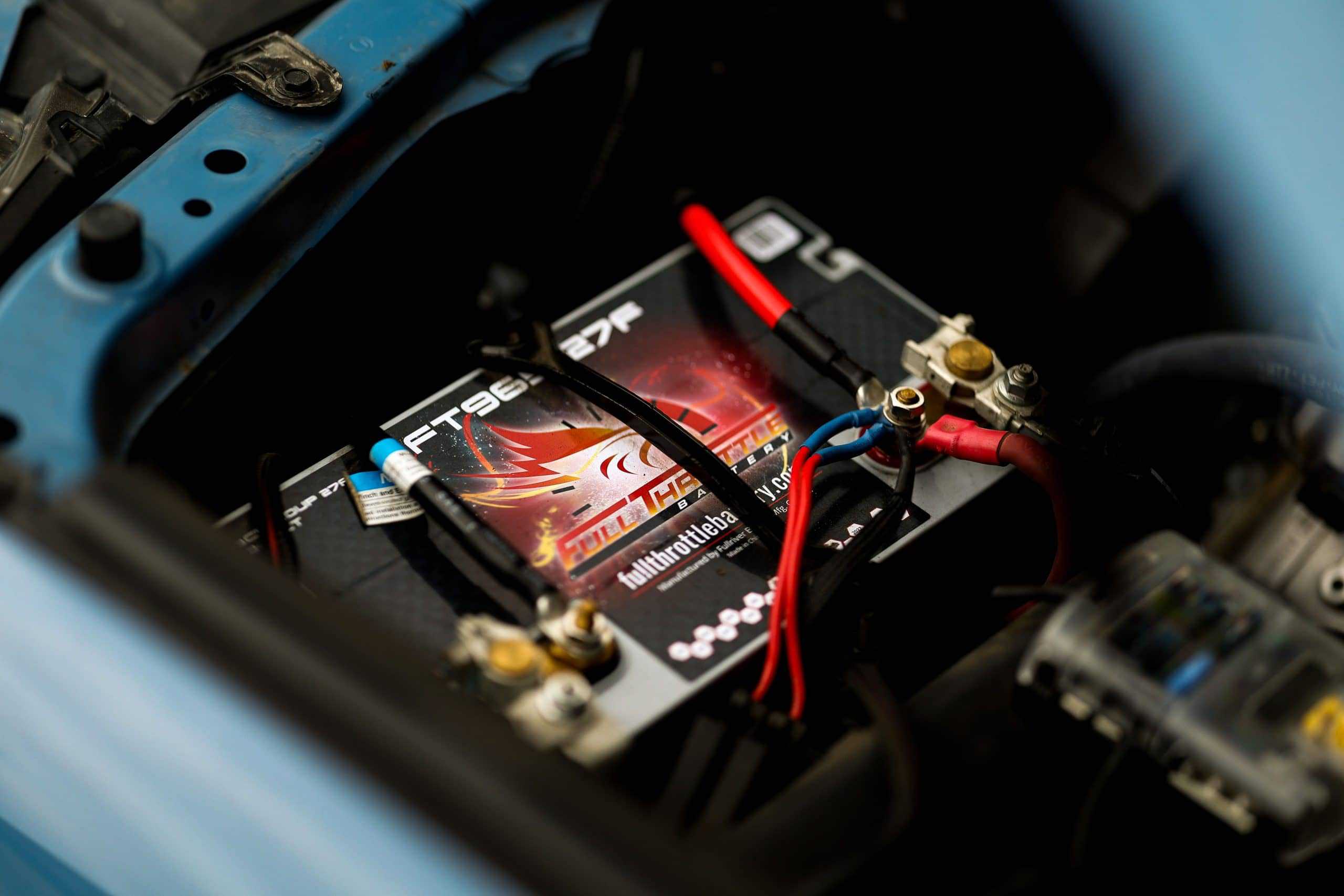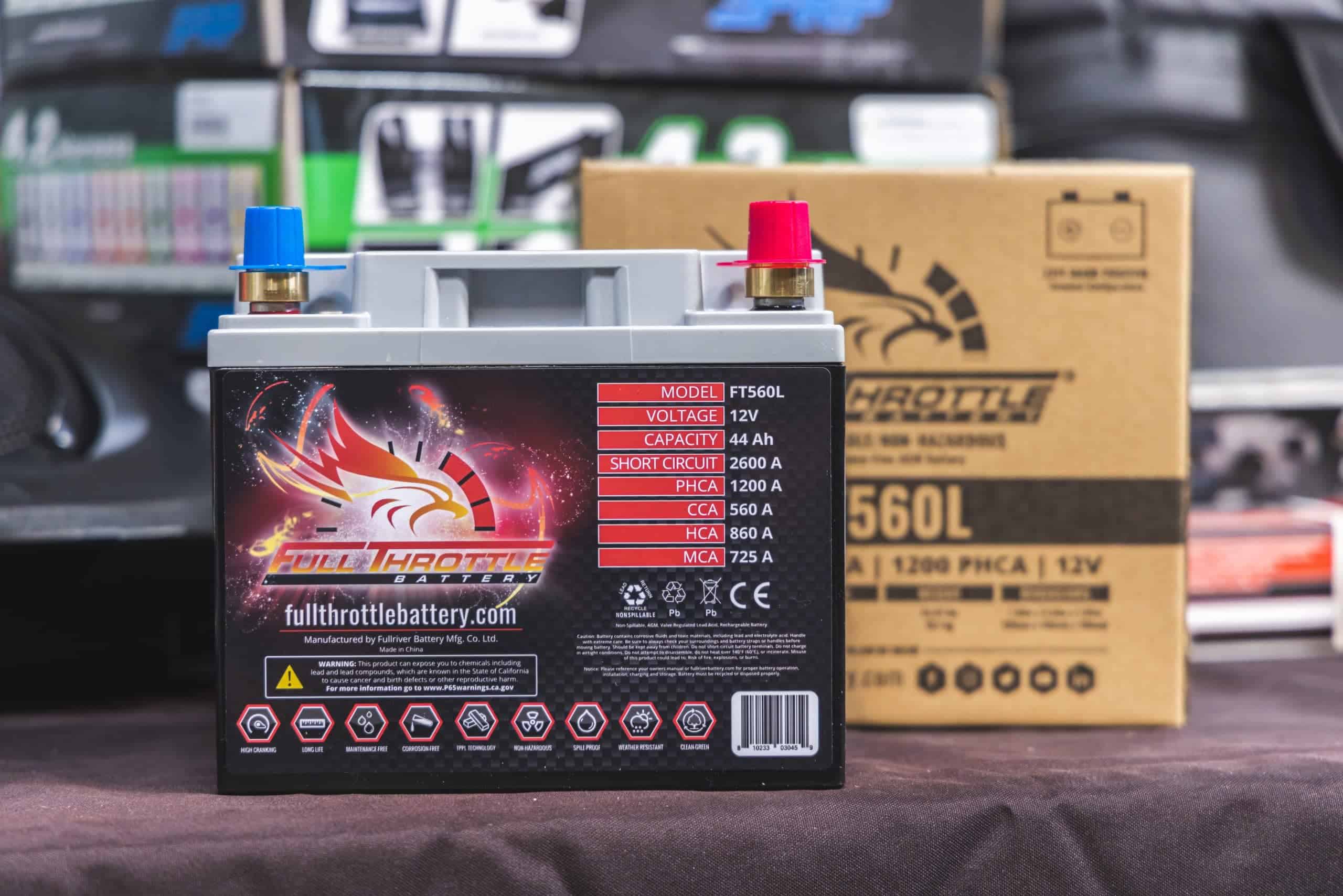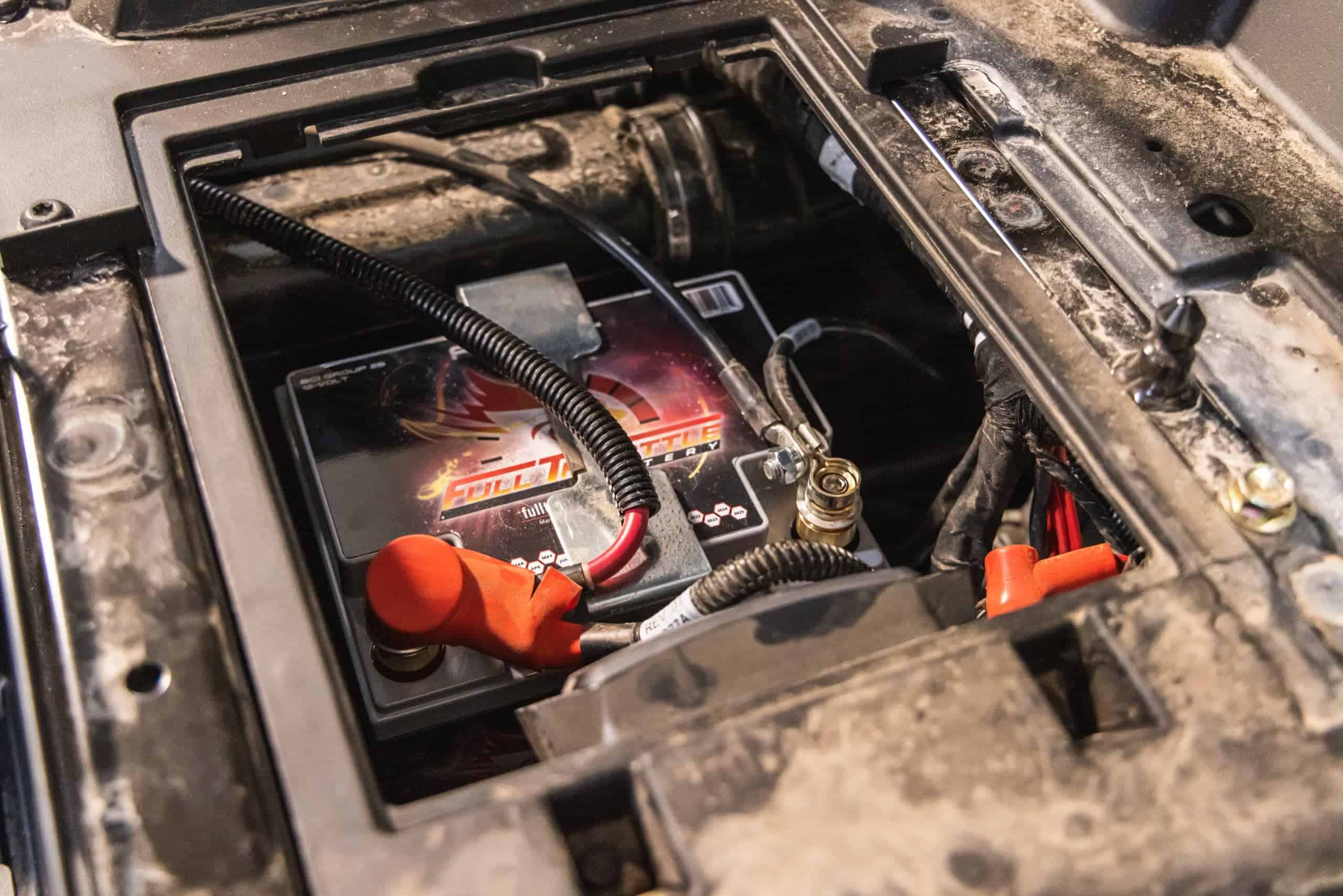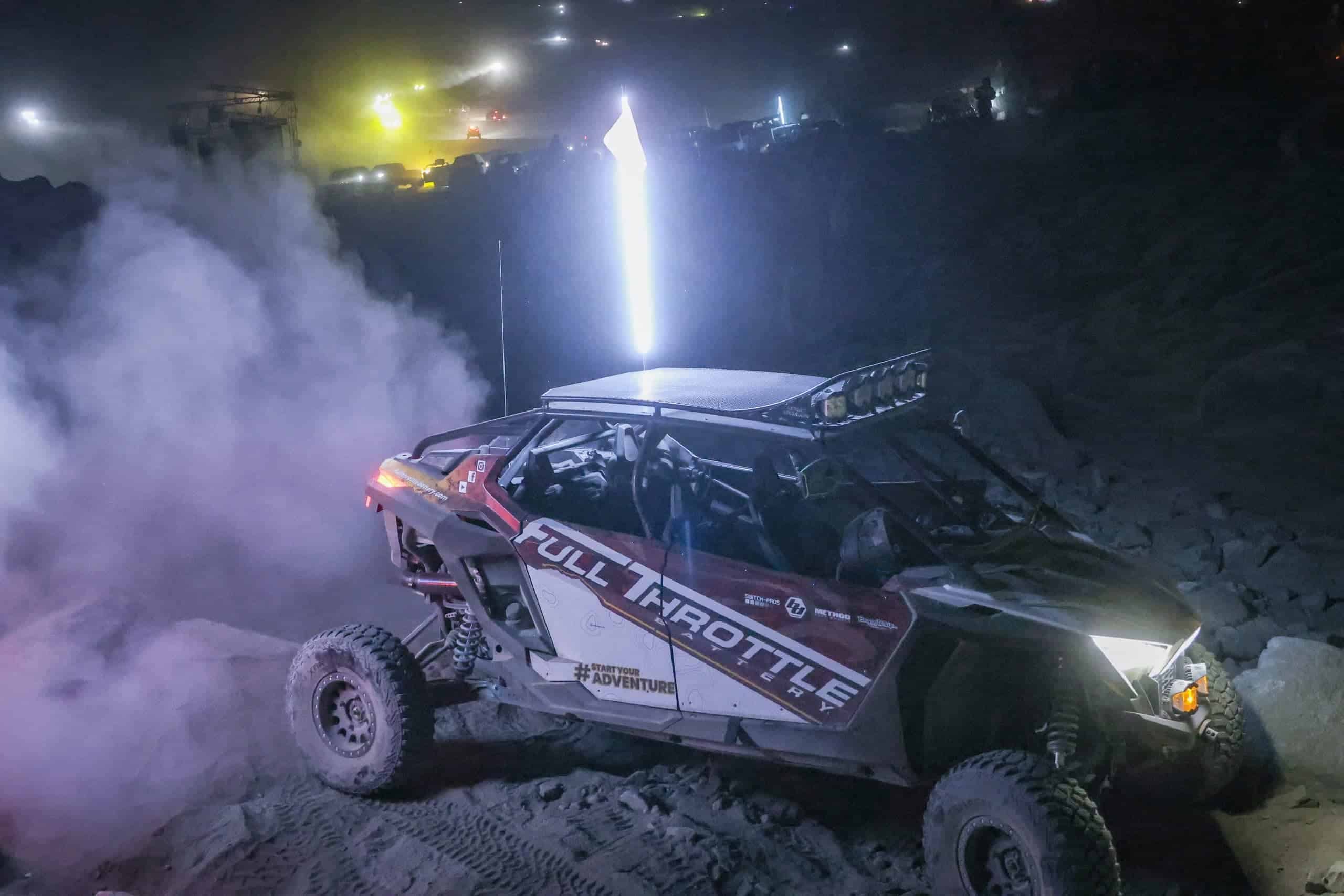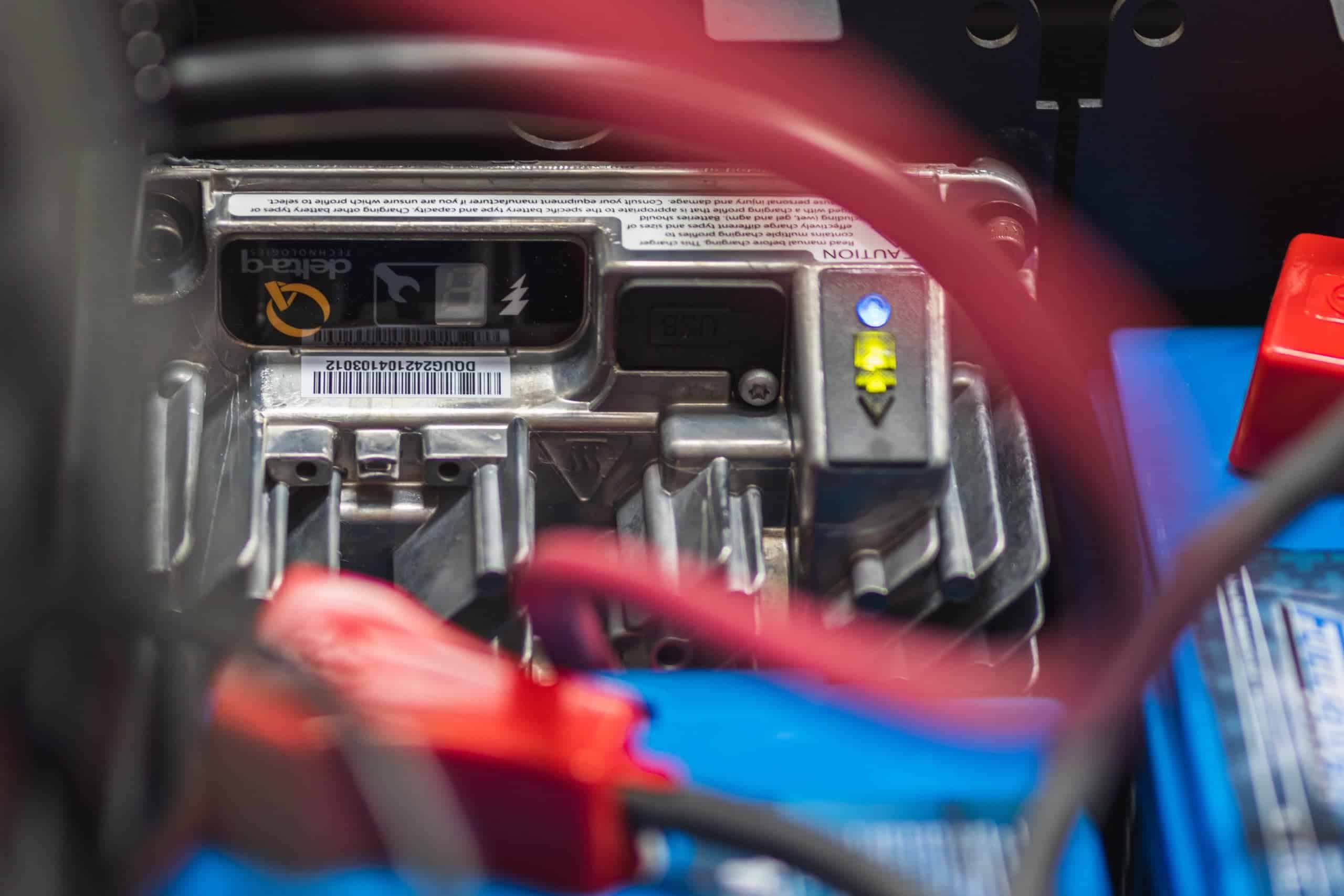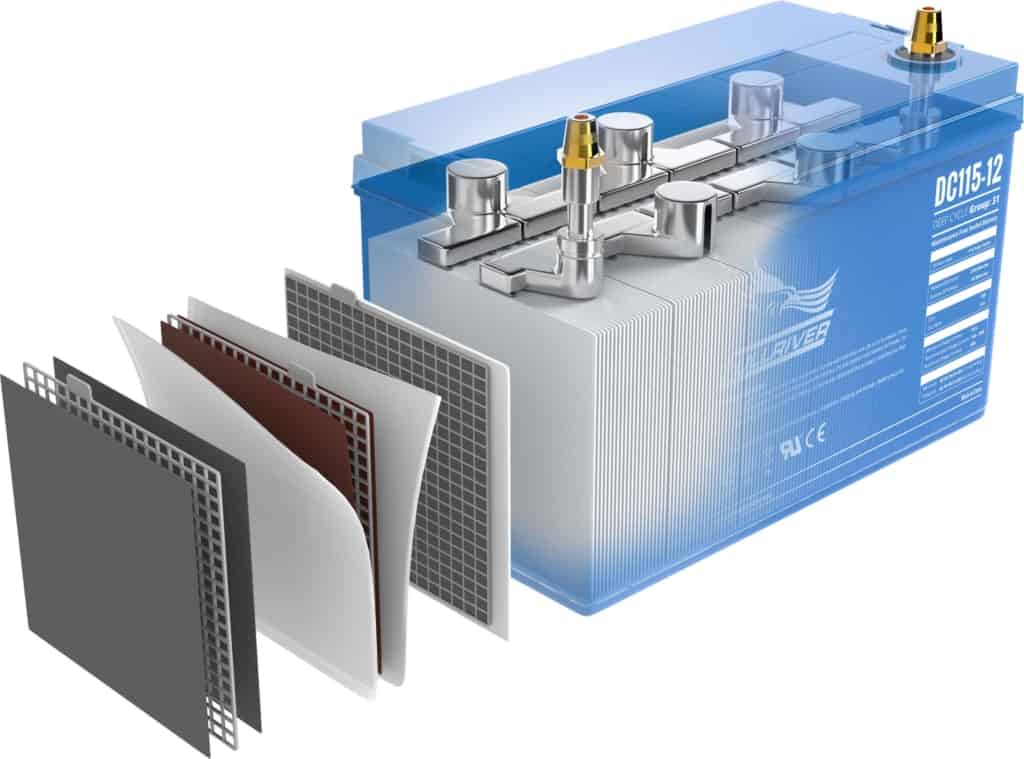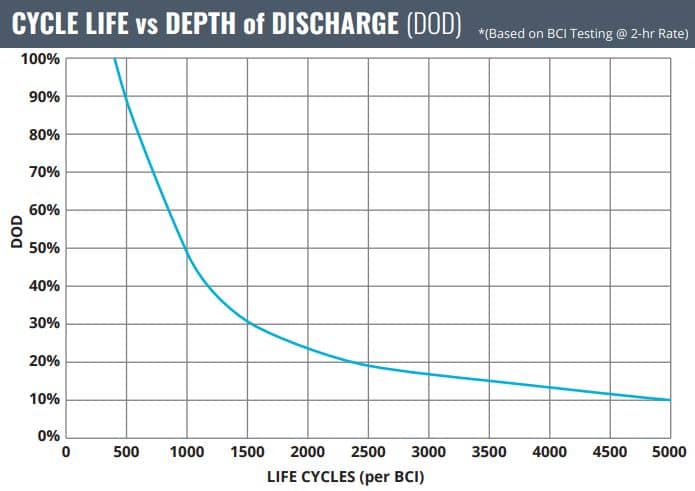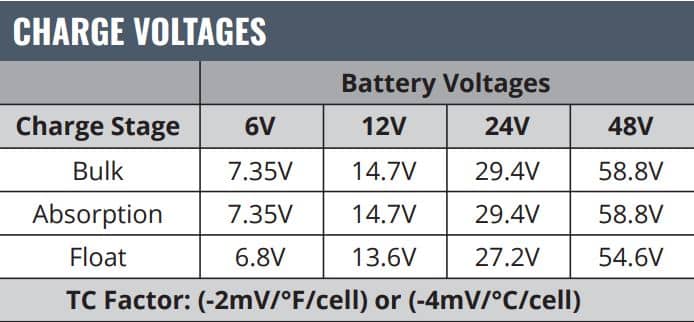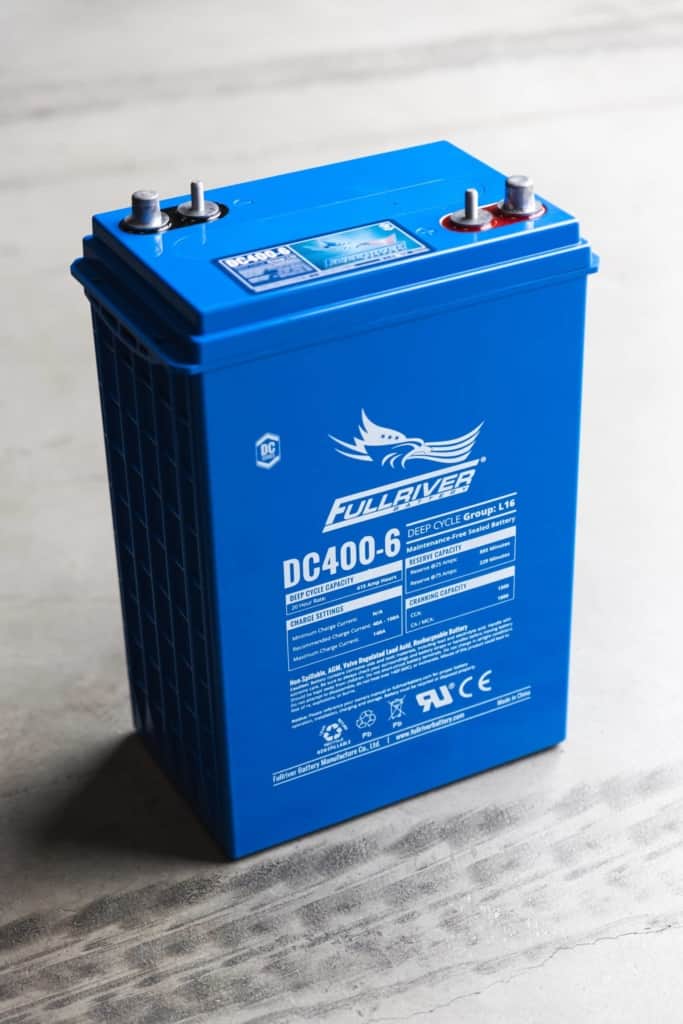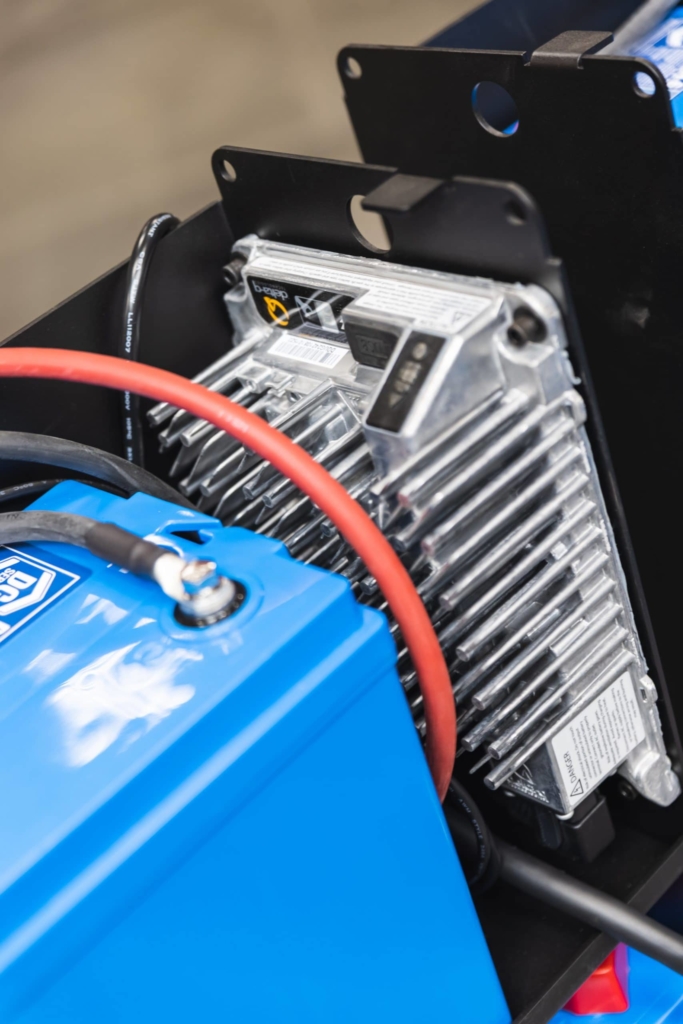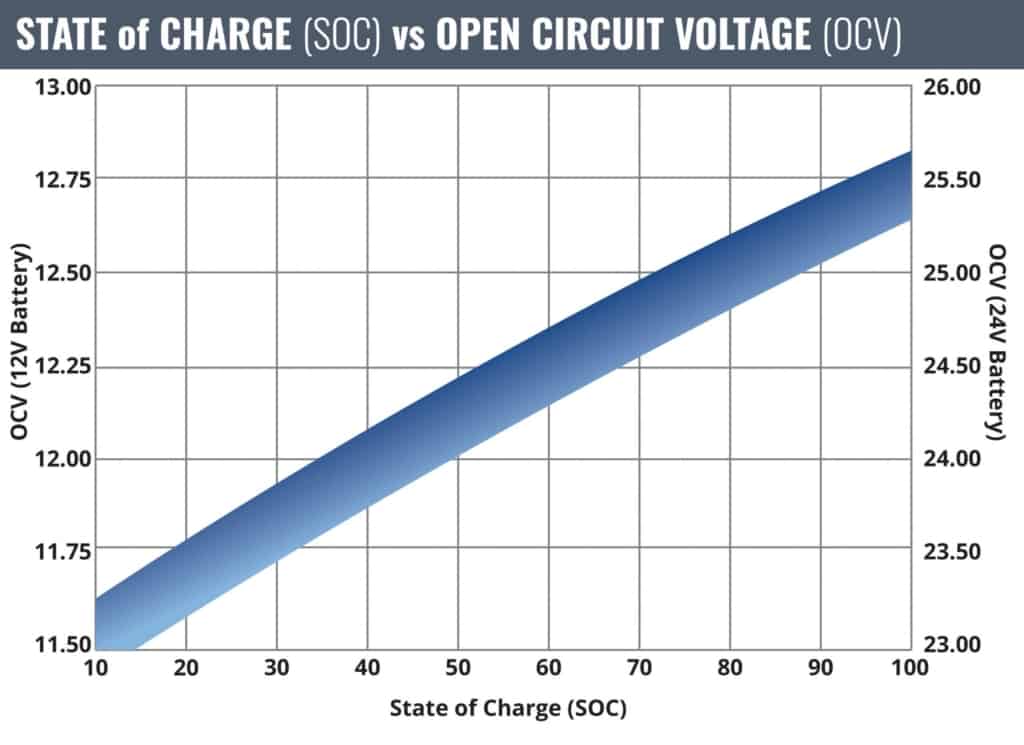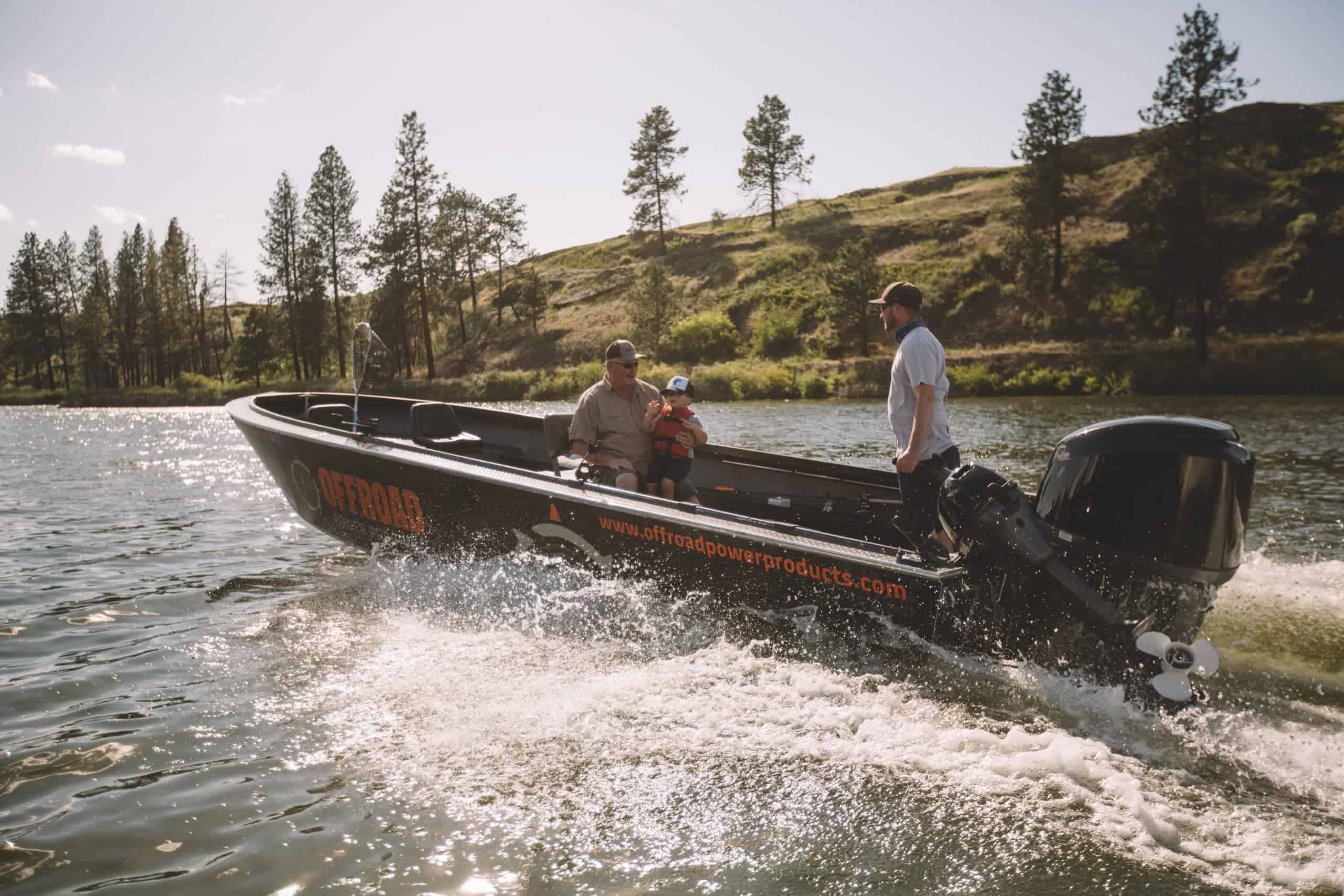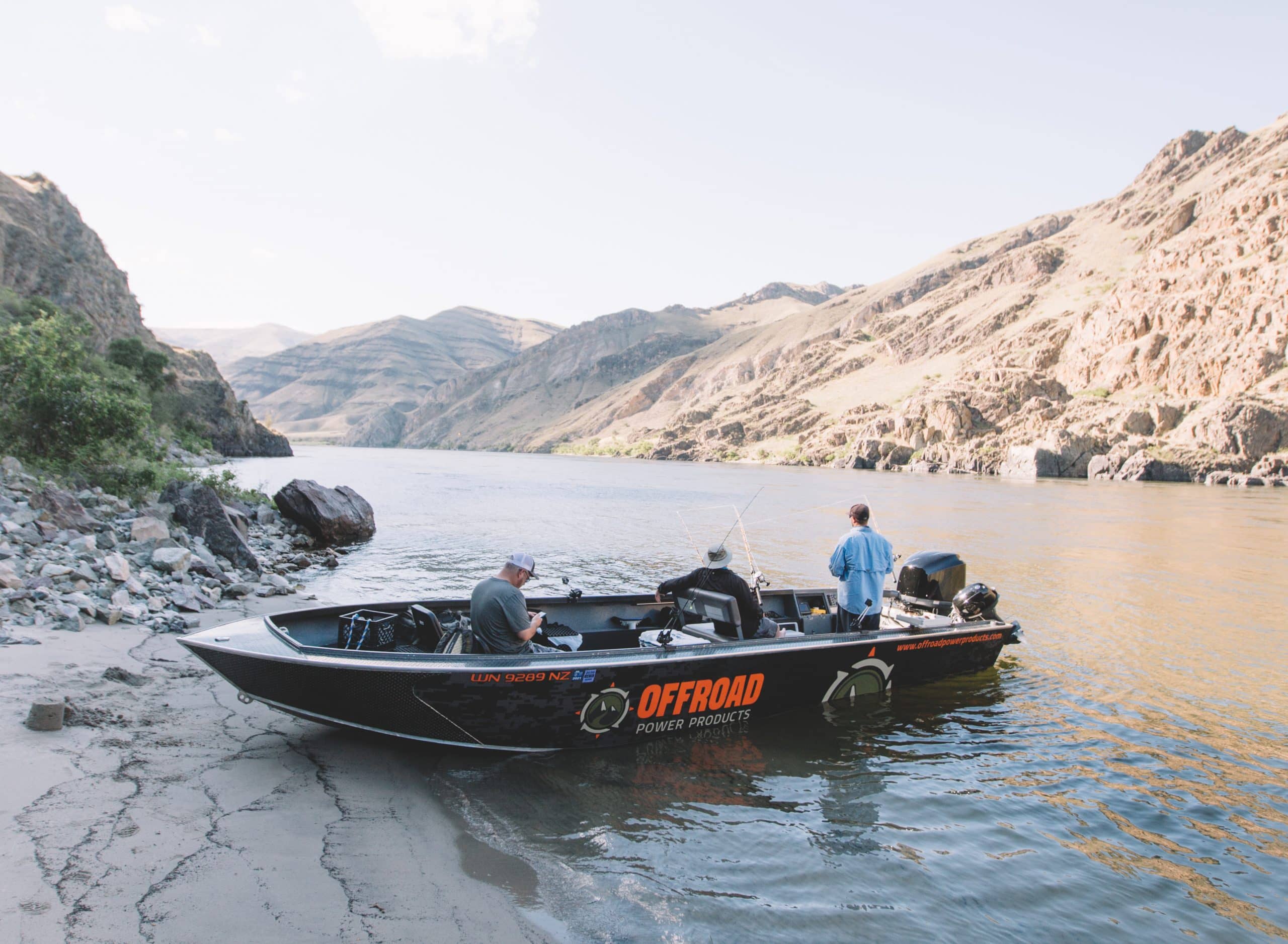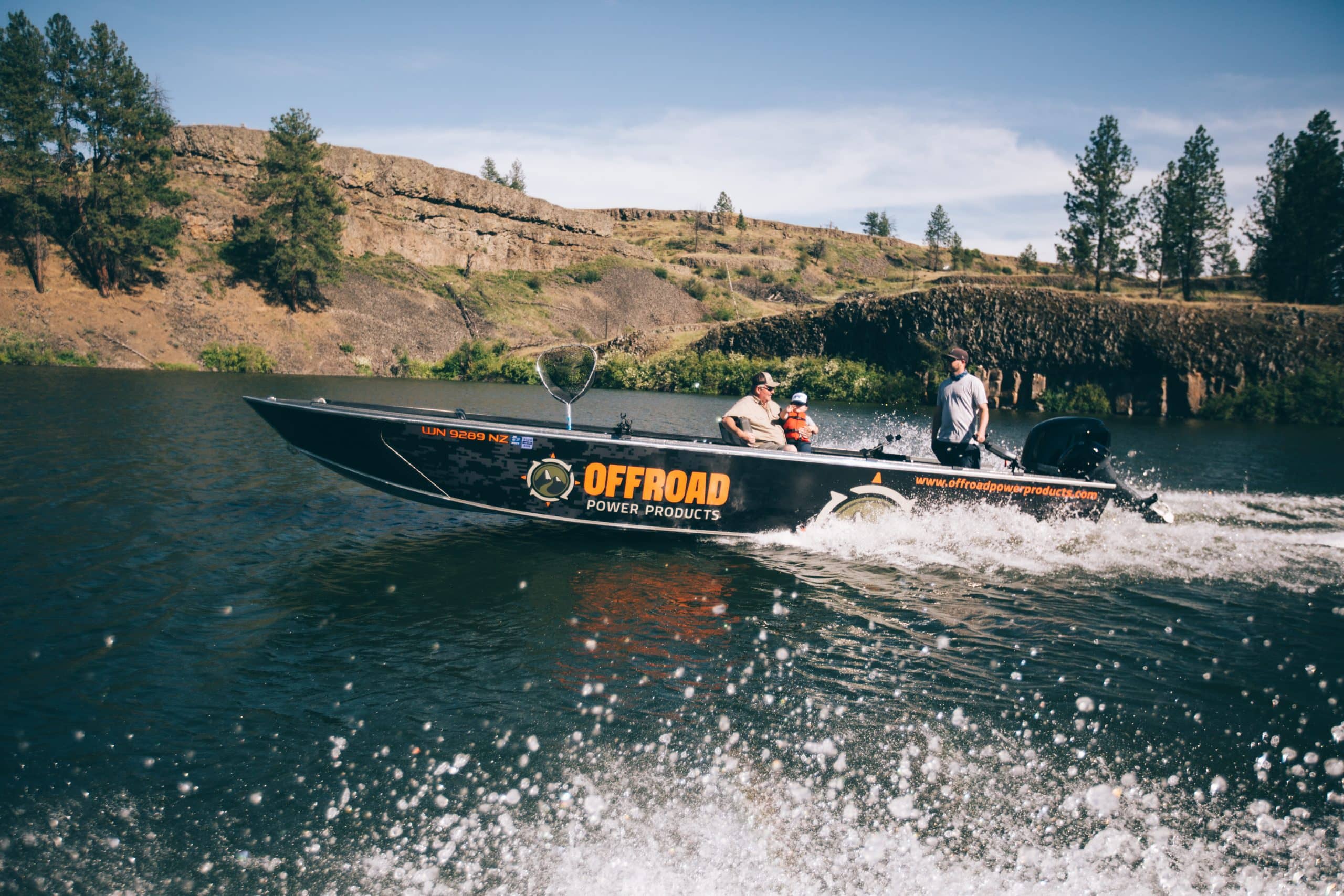How Climate Affects Battery Performance: Tips for Maintaining Battery Efficiency in Different Weather Conditions
Regardless of the freezing winter or the burning summer temperature, it is essential to know how to handle batteries in these conditions.
Cold Weather Impact
Cold conditions affect batteries by discharging them faster and even decrease the battery’s overall capacity. This is especially the case as temperatures dip below zero. While no battery is immune from the cold, higher performance and quality batteries have proven to be far more resistant. The best practice is to maintain your batteries state of charge to combat potential freezing and stay on top of the faster discharge rates that the cold subjects your battery to.
Tips for Cold Weather:
- Keep Batteries Warm: Batteries should be ideally stored in warm conditions, if possible. If maintaining a stable temperature is a challenge, insulated battery boxes and thermal blankets are an effective stop gap.
- Regular Maintenance: While AGM Battery design is not affected by corrosion, flooded lead acid batteries are, and it’s important to clean any corrosion on the battery connections. It was also found that maintaining good electrical contact can assist the batteries to perform well in low temperatures.
- State of Charge: Do not let batteries discharge while they are exposed to cold temperatures to avoid freezing and to guarantee that they can supply the necessary energy.
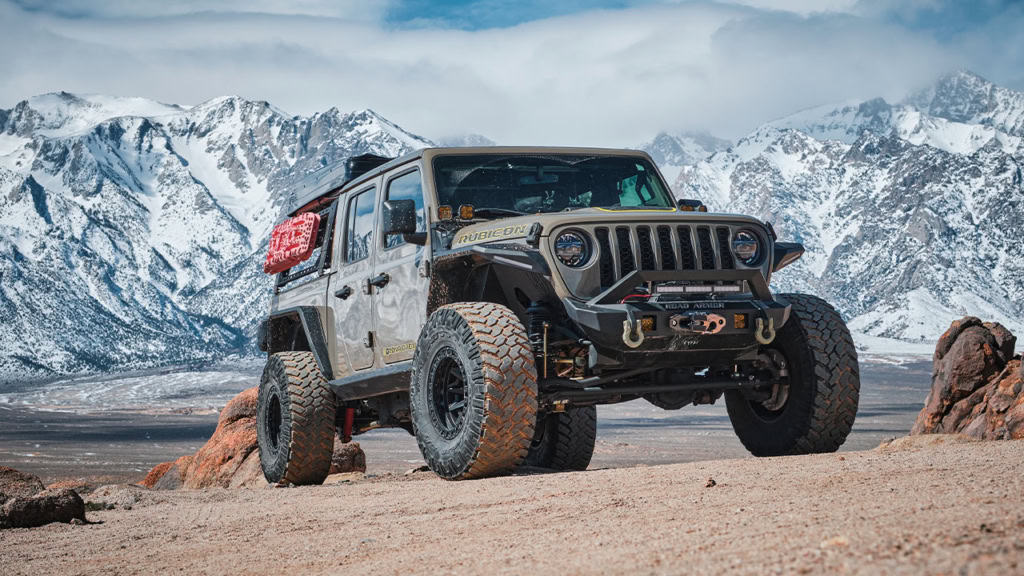
Hot Weather Impact
High temperatures cause the chemical reactions within the batteries to occur more frequently and thus cause the batteries to self-discharge more often and therefore have a shorter lifespan. Overheating is especially dangerous, it can lead to battery failure.
Tips for Hot Weather:
- Avoid Direct Sunlight: It is recommended to keep batteries in a shadow or cool place to avoid situations when they get very hot.
- Ventilation: Correct ventilation around batteries should be maintained so as to allow for proper dissipation of heat.
- Check Electrolyte Levels: When it comes to flooded lead-acid batteries, one needs to check and ensure that low electrolyte levels do not overheat the battery and cause damage.

Humidity and Moisture
High humidity, as we all know, can cause corrosion of the terminals in flooded batteries. That can affect connections, meaning efficiency will be affected or the battery may even fail.
Tips for Humidity:
- Sealed Enclosures: To prevent moisture from penetrating the battery, seal the battery housing.
- Regular Inspections: Regularly check for battery corrosion and always make sure that the battery terminals are clean.
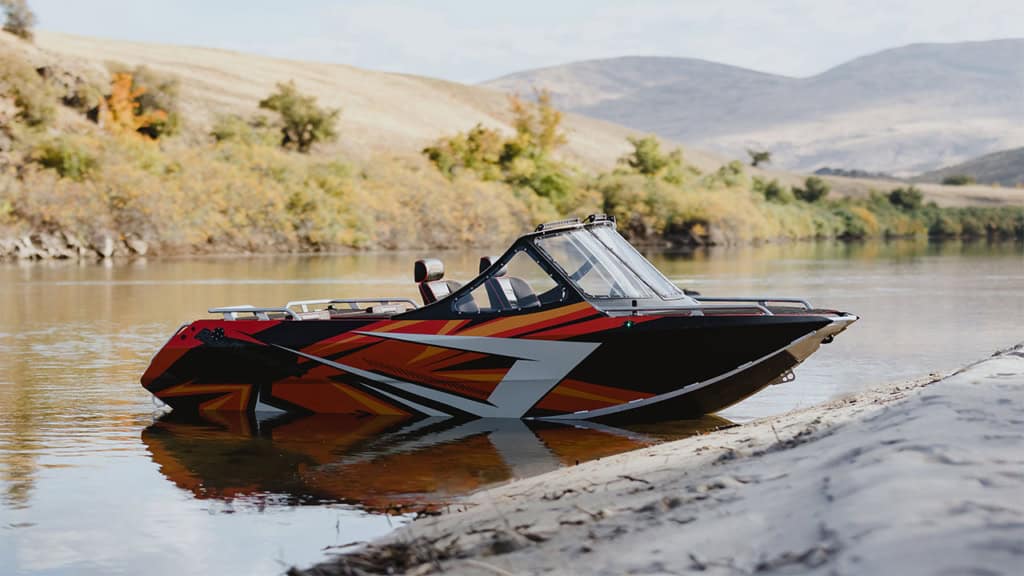
General Maintenance Tips
Regardless of the climate, some general maintenance practices can help ensure your batteries remain efficient and last longer:
- Regular Charging: Do not allow batteries to run all the way down. Charging and discharging have effects on battery health, and as a result, it is recommended that you charge your battery regularly.
- Proper Storage: Batteries should also be stored in a cool dry place when not in use to avoid the effects of weather on them.
- Monitoring Systems: Some of the things to invest in include battery monitoring systems that help monitor the battery health as well as performance in real-time.
For this reason, it is advisable to know how various weather conditions influence battery performance and incorporate the above-discussed maintenance tips to guarantee the batteries’ efficiency and reliability throughout the year.
